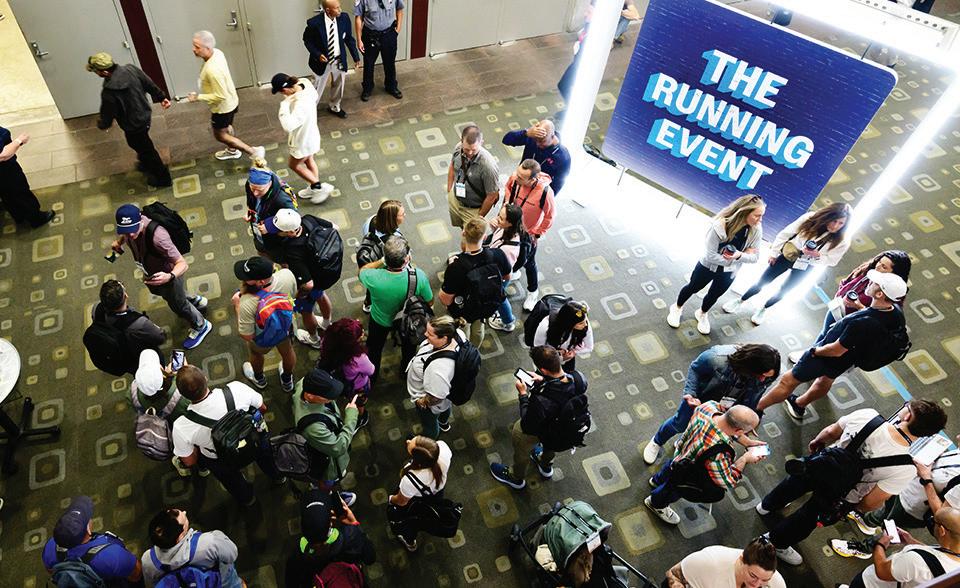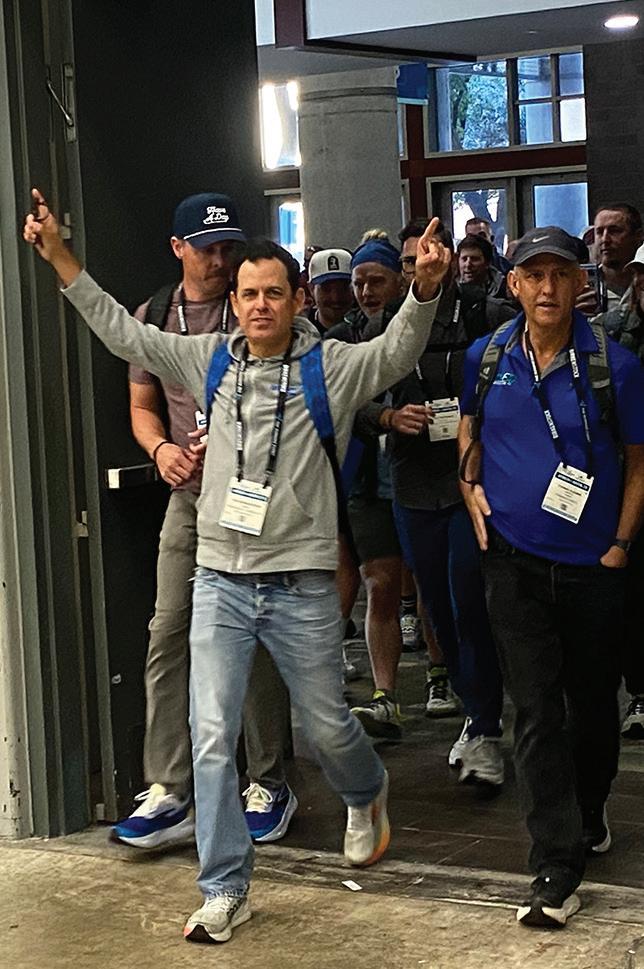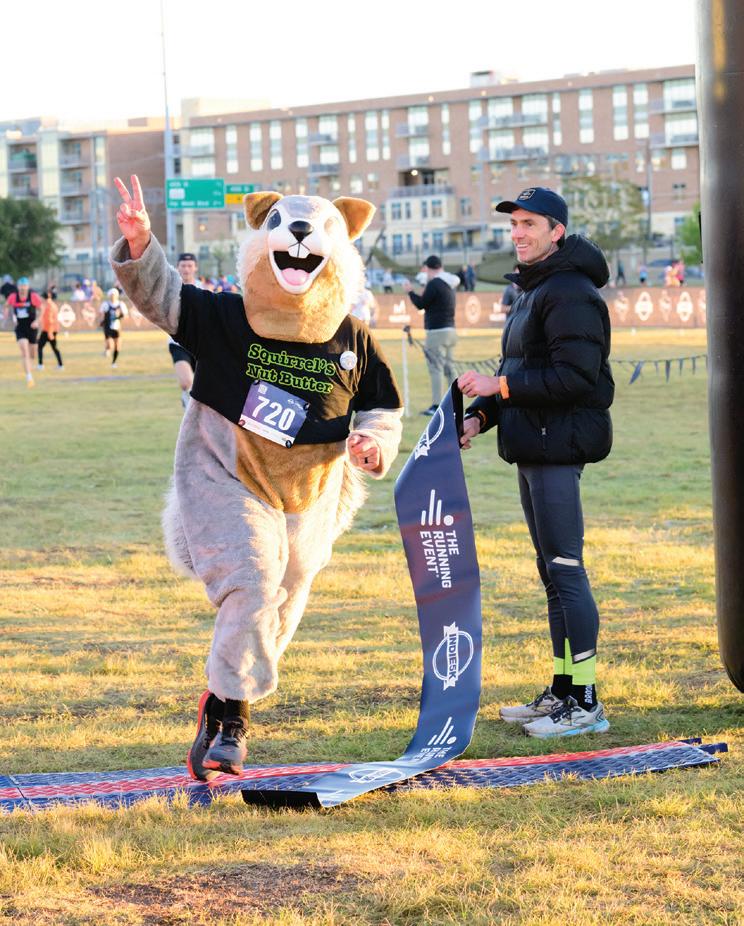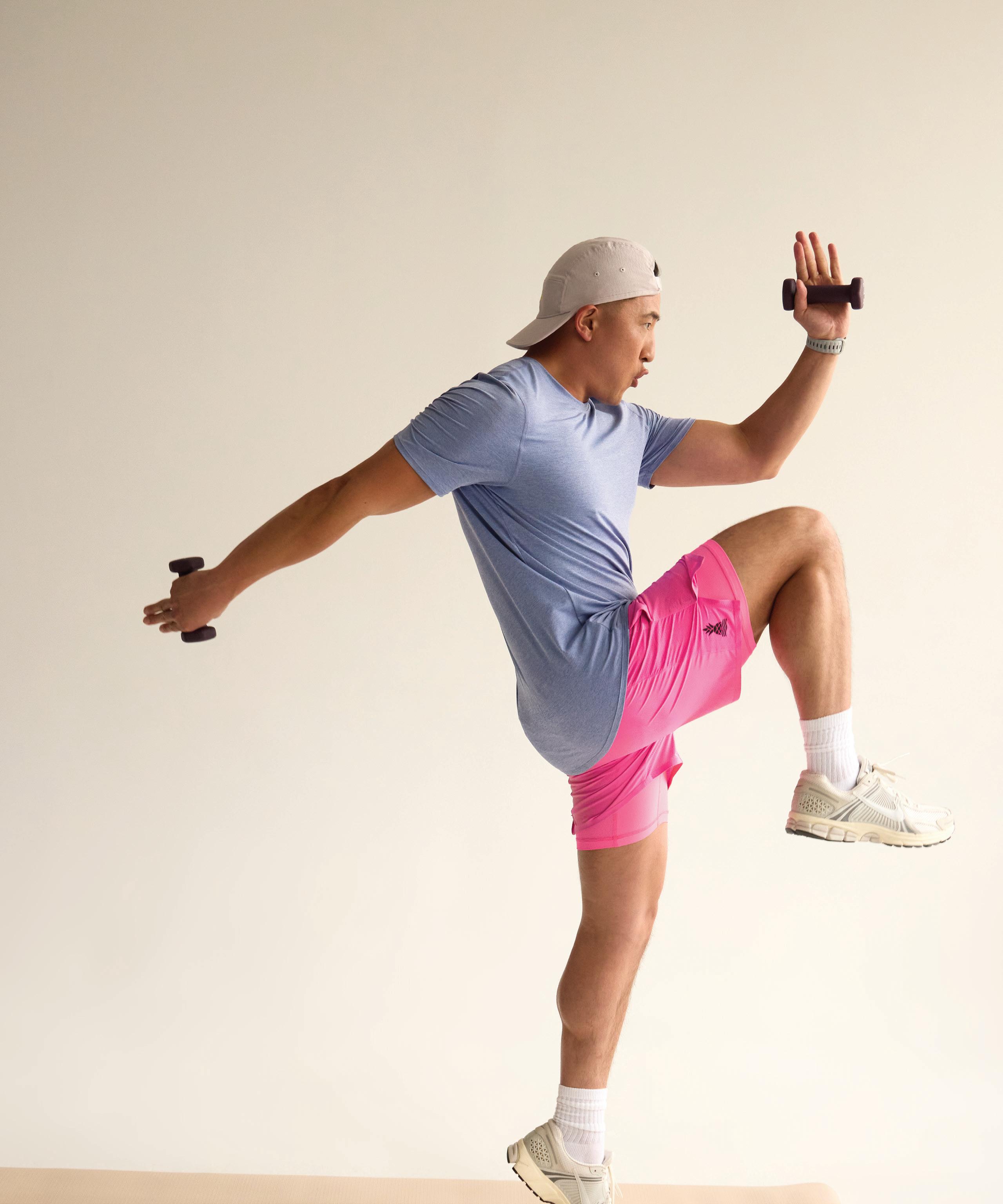






























By Danny Smith, Senior Writer
To be fair, The Running Event (TRE) can be a daunting experience, even for the affair’s most seasoned attendees. Between some 4000 attendees and more than 350 exhibitors, a full slate of education on Tuesday alongside additional learning opportunities on Wednesday and Thursday and a plethora of after-hours (and before-hours) events, TRE newbies often use words like “overwhelming” and “intimidating” to describe their first run at the event.
Even though the 2025 edition of TRE takes place in a new location – San Antonio’s Henry B. Gonzalez Convention Center – after years in Austin, TX, TRE promises more of the same December 2-4.
Fortunately, a few seasoned industry pros are TRE regulars and are here to dial down the intimidation factor and offer some guidance on optimizing the TRE experience.
Industry vet Russ Coillot has attended TRE as both a retailer and an exhibitor, a reality affording him a unique perspective on the annual event. Before joining Wrightsock in 2021 as the North Carolina-based sock brand’s director of global sales and marketing, Coillot began attending TRE in 2012 as the operator of a Fleet Feet store in California.
On the cover: Chubbies is one of the many Emerging Brands that will add to the excitement at The Running Event 2025 in San Antonio, TX, next month. For more Emerging Brands, see story on page 38.
His overriding advice to maximize the TRE experience: Take advantage of the rare opportunity to mingle with peers.
“Engage and connect,” Coillot says. “As a retailer, I hung out with so many other retailers because that’s where I got good ideas
and information. Sit at tables with people you don’t know. Strike up a conversation with someone sitting next to you before the start of an education session or while at the bar. These conversations can be amazingly impactful.”
Seasoned TRE attendees suggest heading to the show with a plan, seeking genuine relationships with peers and, difficult as it might be, pushing ahead to the very end of the show.


OS1st is celebrating 10 years of socks, sleeves, and service thanks to the independent retailers who helped us get here.
We’d love for you to join us at TRE to raise a glass, share memories, and dream big about the next 10 years together.
Let’s celebrate partnership, innovation, and the amazing community that’s made it all possible.
WEDNESDAY, DECEMBER 3RD 5:00 PM – 6:30 PM
BOOTH #10083

“MAKE RELATIONSHIPS. DON’T JUST NETWORK.”
The co-founder of apparel brand Janji, Dave Spandorfer attended his first TRE in 2012 while he was still in college and Janji was in its infancy. The brand has grown mightily in the years since with some key relationships forged at TRE.
Spandorfer’s first bit of advice: “Make relationships. Don’t just network.” He says the running industry isn’t about short-term wins, but deep and lasting relationships. In fact, a few of Janji’s longest-term partners, including its third-party warehouse for the last decade, were individuals Spandorfer and his co-founder Mike Burnstein met at their very first TRE.
“This industry has long memories,” Spandorfer says. “Have long intentions.”
“PLAN AHEAD.”
Attending TRE is an investment of time and capital, pulling
run shop owners and operators out of their store and away from life’s other responsibilities.
“I’m thoughtful about anything that takes me away from work and home and I want to make the most of the experience,” says Andrea Lehmkuhler, the co-owner of Virginia-based Point 2 Running Company.
As such, Lehmkuhler enters TRE with a defined plan. For TRE Tuesday, she identifies the education sessions she wants to attend and puts placeholders on her calendar.
For Wednesday and Thursday on the show floor, she sets up appointments with those she absolutely has to see.
“You have to plan ahead because once you get to TRE, it’s a whirlwind,” says Lehmkuhler.
“PLAN THE END BEFORE YOU START.”
Lehmkuhler attends TRE knowing her goals. At the expo, for instance, she’s prepared to fill
gaps in her assortment, like the pickleball companies she made plans to see last year, and meet with key partners to discuss strategic marketing and event plans.
“I want face time to pitch ideas and know what they need to get behind an initiative. That’s not something I can do so easily on a random Tuesday in Virginia,” Lehmkuhler says.
Dave Kazanjian, owner of Massachusetts-based Whirlaway Sports, calls it “planning the end before you start.”
A veteran of more than 15 TREs, Kazanjian and his sidekick, Maggi Murray, define the brands they need to meet at TRE and what they must accomplish in those visits. They’ll also prepare necessary documents, like inventory reports, to inform conversations and guide on-the-floor purchases.
“We know our goals before we ever walk into the expo hall,” Kazanjian says.
“LEAVE TIME FOR OPPORTUNITY.”
As important as pre-planning is to tackle important goals, Lehmkuhler says it’s just as critical to schedule time to explore.
“You can schedule yourself to an unhealthy threshold, but you need to give yourself time to search out things that interest you,” she says. “You can’t be afraid to say ‘no,’ either.”
For instance, Lehmkuhler limits line showings from footwear brands at TRE, something she can generally accomplish back in Virginia. At TRE, she defers to the unique things only available at the event, such as meeting with brand leaders, searching out new products or services and connecting with retail colleagues for dinner.
“I plan enough so it’s valuable to me going in, but I also leave
time for opportunity to discover,” Lehmkuhler says.
“REMEMBER THE NICHE THINGS.”
Attending nearly every TRE over the last two decades, Fleet Feet Huntsville (AL) owner Suzanne Swift is especially attuned to scouting novel brands and products. At past TREs, she discovered Heali, a kinesiology tape infused with magnesium and menthol, as well as sustainable apparel brand Pressio.
“Those are two brands I wouldn’t have seen if not for TRE,” Swift says.
While the industry’s major footwear players occupy the largest booths at TRE and Swift professes a love for her existing partners, she says it’s the 10-by10 booths carrying niche items that keep run specialty particularly special and most attract her attention.
“You never know who will be the next big thing,” Swift says.
“DON’T SLOW DOWN ON THE LAST DAY.”
TRE can be an exhausting experience. Early mornings. Late nights. Extensive time on one’s feet. It’s only natural to want to retreat early.
“Especially for introverts, the show can feel like a slog toward the end, but don’t slow down during the last hours of the show,” Janji’s Spandorfer urges. “Talk to other vendors, get emails and set up future phone calls. You might be tired, but you might also meet your next best partner.”
Adhering to that strategy has paid off for Janji, as Spandorfer says collaborations with the likes of Merrell and La Sportiva resulted from interactions over TRE’s final hours. n



From walking and running, to exploring new trails. CURREX® insoles enhance performance, while PowerStep® provides clinically proven pain relief — helping you find the perfect fit for every step.



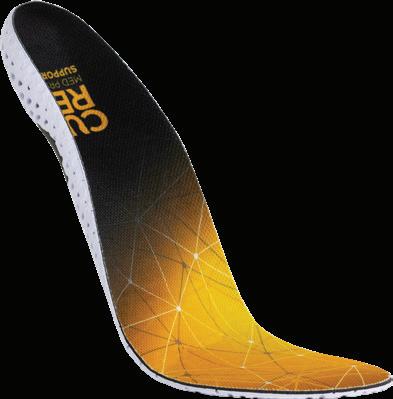


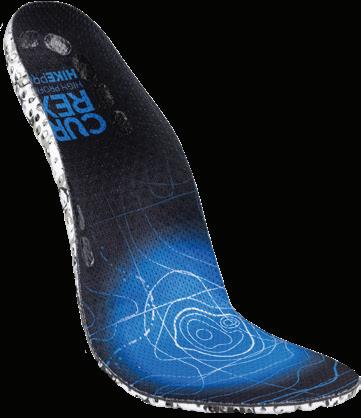





What are savvy retailers checking out as they move around the TRE show floor? In a word: newness. / By
Danny Smith

When running retailer Dan Medved enters the expo hall at The Running Event (TRE), a near-annual endeavor for him over the past two decades, he does so with his eyes and ears open.
And so it will be at this year’s edition of TRE, which takes place December 2-4 at the Henry B. González Convention Center in San Antonio.
On an expo floor featuring more than 350 vendors, from long-time partners to unfamiliar names, Medved’s antennae are high and active. He’s eager to find unique brands, products or services he might bring into his 41-year-old operation in Rochester, NY.
“I always block out time to explore,” Medved says. “And even as I’m traveling from one appointment to another, I’m looking.”
Medved will be one of hundreds of run specialty retailers walking the TRE floor this year and he, like many of his retail peers, is ready to discover. In their own words, retailers detail what they’ll be monitoring on the TRE 2025 floor.
Dan Medved Medved Running & Walking Outfitters (Rochester, NY)
I’m always on the lookout for something new. Something that stops me in my tracks.
Something that is different. Something I could see our customers liking. That’s necessary if we’re going to stay relevant and special in our market.
I had looked at rabbit a couple of times over the years and liked the fabrication and the company, but I didn’t feel they were there quite yet. Walking by the rabbit booth one TRE, I saw the current version of their holiday shirt and stopped immediately. I liked the colors and feel of it. As I walked to my next appointment, I couldn’t get it out of my head, which was a signal I needed to investigate the brand further. Today, rabbit’s a staple in our store.
One year, I remember waiting to get into the
Bring your winning Scratch Ticket and Test out all Products at Booth #17084


2.0

SCRAPING + VIBRATION
• BREAKS UP ADHESIONS, MOBILIZING SOFT TISSUE
• PROMOTES FLEXIBILITY

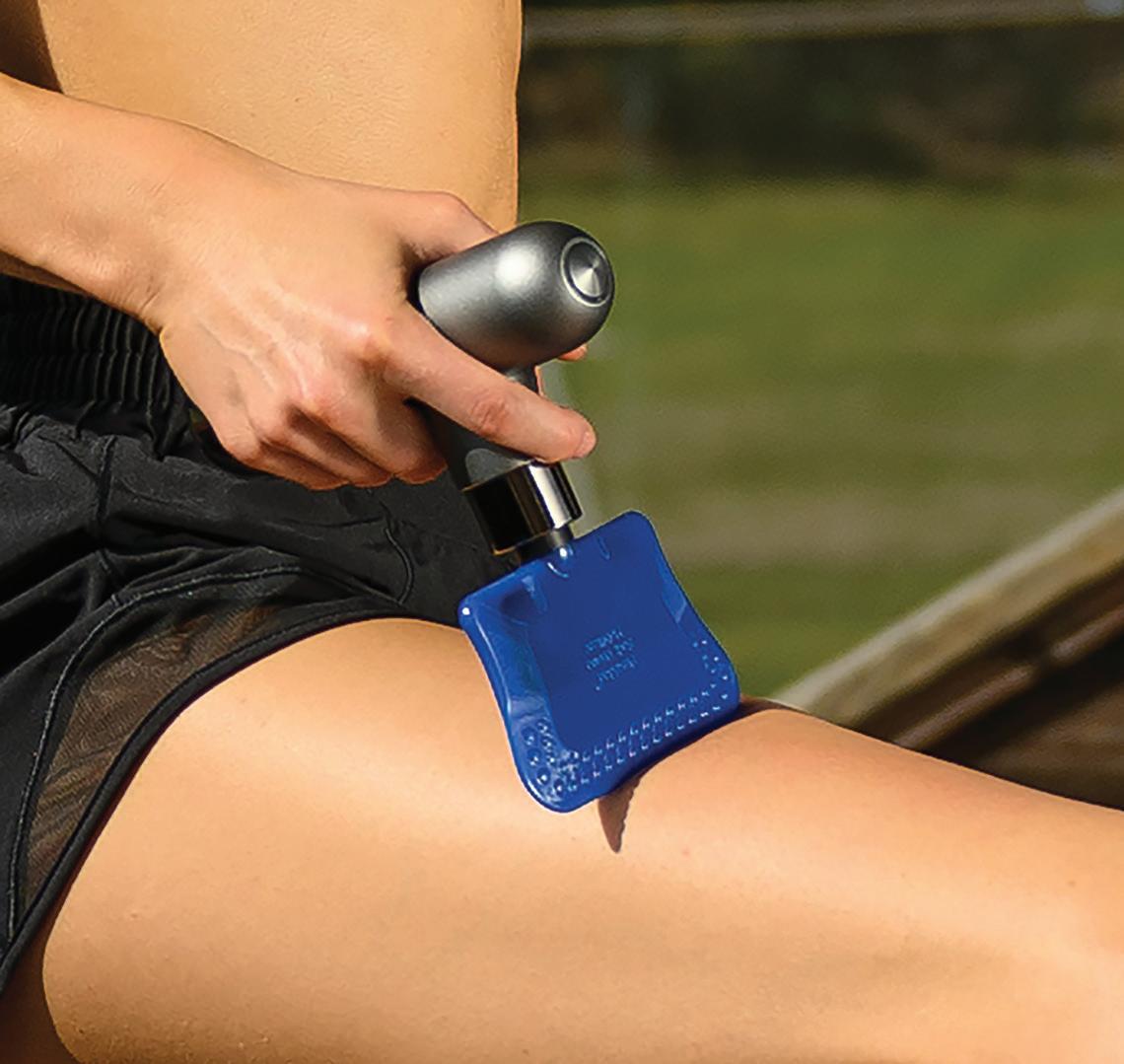

Featuring FlexEdge® Attachment FLEXIBLE EDGE GOES DEEPER INTO FASCIA
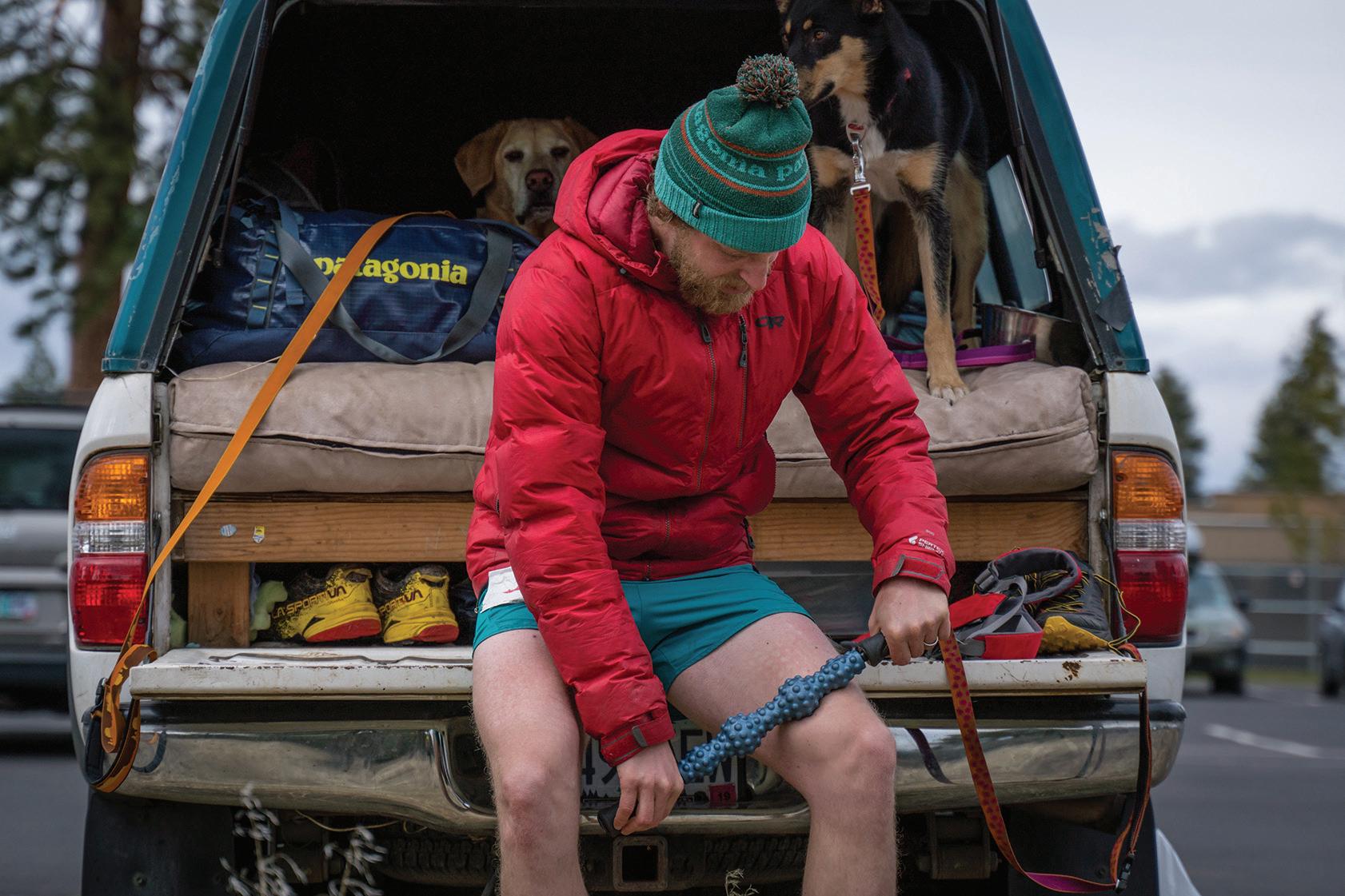


Powerful motor and long lasting battery within a light,


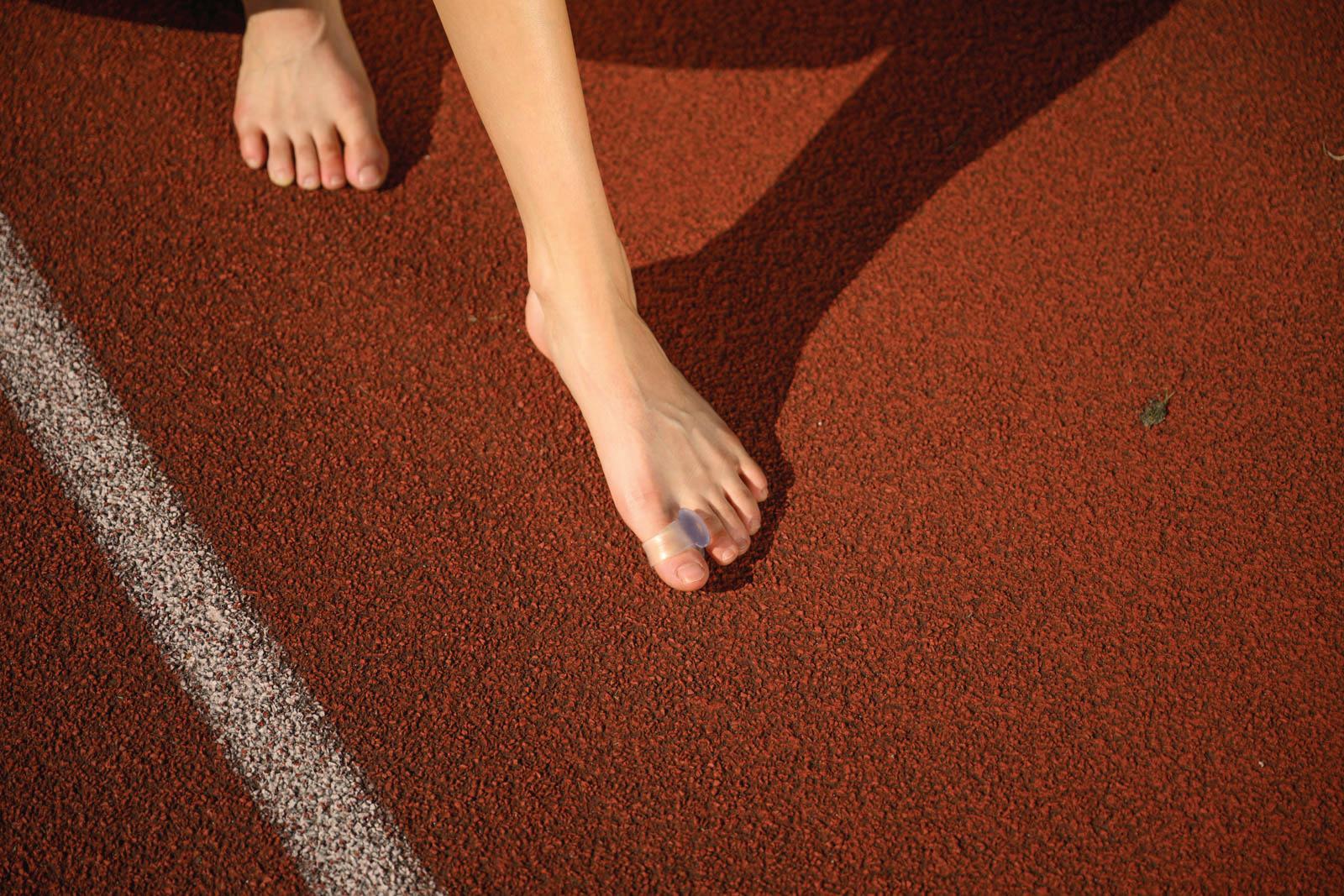

show and talking with two other retailers. Both of them were wearing Topo and talking about their experience with the brand. Still, Topo wasn’t top of mind for me to see. Then, I walked past their booth and the upcoming Vista caught my attention. It led to conversations with a brand rep and [Topo founder] Tony Post about the brand and its lineup, and I could see the brand fitting into our store.
Amy Minkel Fleet Feet (Charleston,
SC)
On the show floor, we don’t spend much time with the bigger brands. We always tend to devote more of our time to what’s new — an up-and-coming brand or product. That might be an accessory brand like sunglasses or a new category of footwear. With apparel, we’re looking for items we can bring in that others don’t have, so we can be on the ground floor and help it blow up. We’re looking for back-of-the-house processes to make our team members’ lives easier or a product or service that’s going to enhance our customers’ experience.
Before even going to TRE, though, we do our homework. We’ll review all the vendors on the list and make a note of those we don’t recognize. We’ll then do a little research on those brands and highlight some that seem particularly interesting.
On the floor then, we divide and conquer. There’s usually about four or five of us and we’ll try to hit every booth on the floor because you never know what you might miss out on if you don’t go down an aisle or turn around a corner. You have to be looking everywhere because you don’t know what you don’t know. You also don’t know what you’re missing until you see what’s out there.
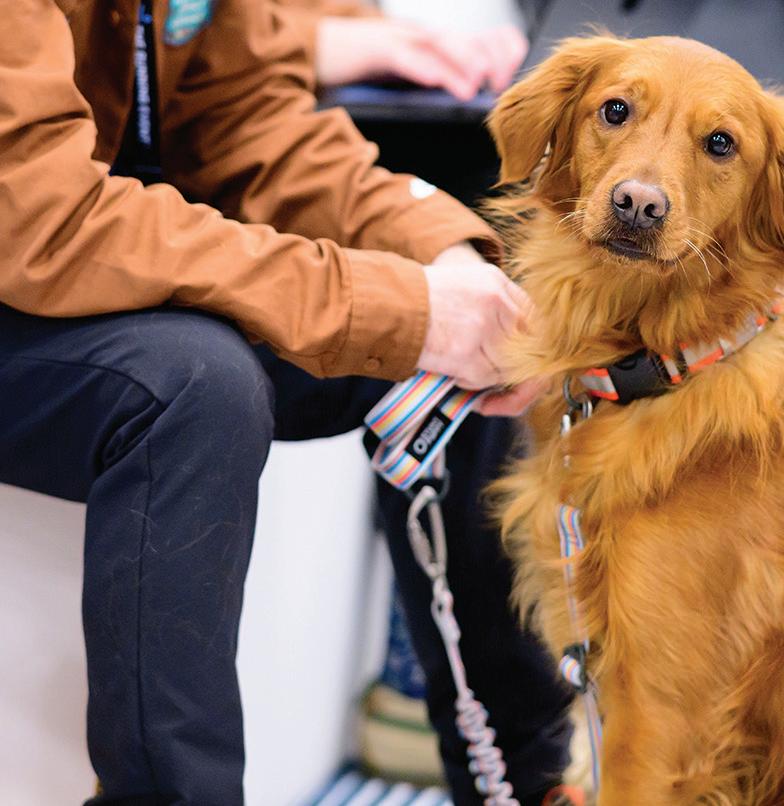

Dane Simmons Run In (Greenville, SC)
“We’ve got the big hitters in our stores, but it’s other niche products and newer brands we need to have our eyes open for, especially accessory items that pop. Last year we brought in ArtiKen bracelets after seeing them at TRE and we met face to face with Revive & Revel after just picking up some of their shoe care products a few months prior. We’ll have the same focus at TRE this year: find uniqueness.
I’m also interested in anything and everything I can put the Run In logo on, whether it’s towels or shoe bags or backpacks. I’m in a competitive market and need to stand out. So, if there’s something I can customize, especially an intriguing accessory product, I’m interested.
Daniel Greenhalgh Skinny Raven Sports (Anchorage, AK)
We need innovation in every area of run specialty, especially in our accessories business, which has fallen flat over the last few years. We need fun, fresh products, whether that’s from emerging brands or well-known names, and products that differentiate themselves or put a new twist on an old thing. Goodr was that years ago, but what happens so rapidly these days is brands come to TRE, they build their name in the channel and then they’re onto the mass market.
There’s a lot of pressure on us to find the next brands that will be intriguing to our customers so that our store looks interesting and we’re building momentum in the accessories category. So, that’s what I’ll have my eyes open for on the TRE floor this year. n








The excitement is building as the Texas city hosts The Running Event for the first time. / By
Dominique Smith

In early December under the peaceful background of the majestic Riverwalk, one of San Antonio’s most renowned attractions, people from around the world will convene in the Alamo City for The Running Event 2025.
This is San Antonio’s first time hosting the event, as it has been held up the road in Austin, TX, for many years. But a couple of years ago, TRE was alerted that the Austin Convention Center was being renovated and the show would need to find a new location. That’s when Christina Henderson, TRE event director, went on the hunt to find the perfect location to host the event.
“I visited five cities in search of where we would bring TRE and San Antonio was actually our last stop,” Henderson recalls.
“And I left San Antonio knowing it’s where we would bring the event.”
So that begs the question, why San Antonio?
One of the factors that made San Antonio so appealing as a destination for TRE was the investment the city has made over the years in the outdoor activity and running scene. Henderson believes the city has been intentional about creating a community and a space for movement and activity.
“San Antonio is becoming, and has become, a place for activity and movement and they’re inviting the community to be a part of that,” Henderson says. “By bringing TRE to San Antonio I hope that we inspire
a community to start moving and running and walking and getting outside.”
Councilwoman Sukh Kaur, who serves San Antonio’s District 1, says the city has put money in its outdoor infrastructure, including its Greenway trail system that allows people to run in shaded areas on gravel rocks, making it easier on the knees.
The city also has plans to redevelop the downtown area, which is where the Henry B. González Convention Center will host TRE December 2-4
The city’s commitment to building a sustainable and innovative outdoor community makes it a conducive environment and destination for running and outdoor retailers.
“We’re doing a lot to build outside infrastructure and so it’s helping the community


Our free sneaker reuse & recycling program allows customers to trade in and trade up. By repurposing used running shoes, your store and customers can give back to the community one pair at a time! Join the Sustainability Club at




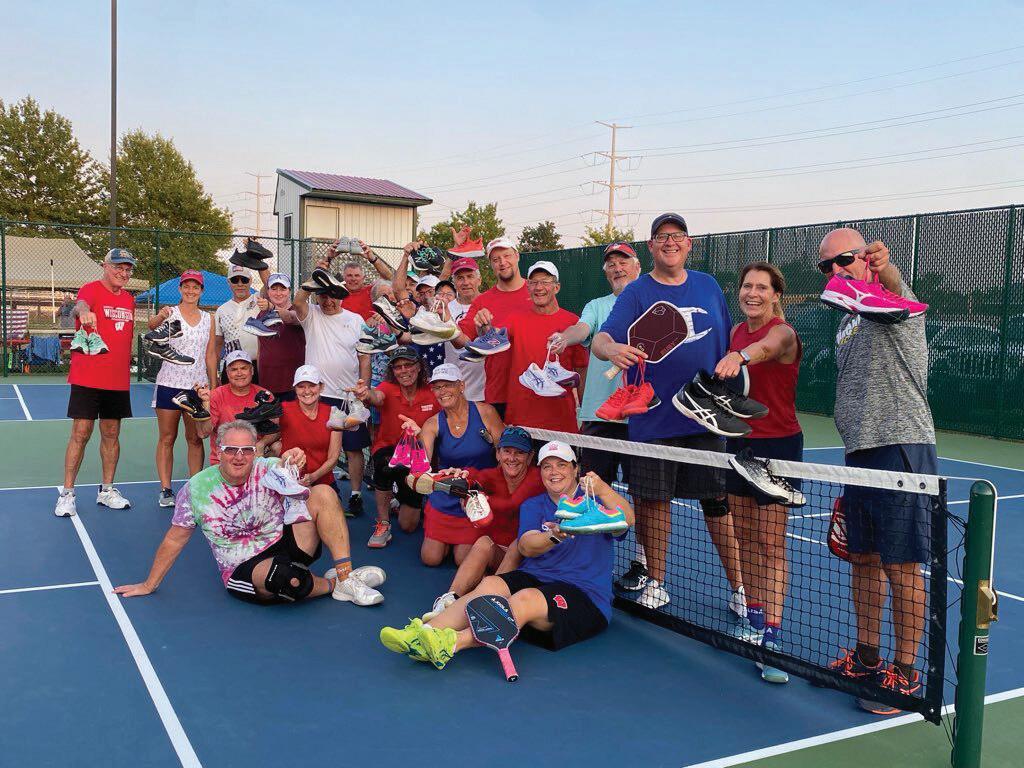
grow,” Kaur points out. “And the community truly advocates for these things together. When they advocate for this infrastructure improvement together, they build a larger group that’s more collaborative and supportive of each other, rather than competitive.”
One of the local businesses that captures the heart of San Antonio and what makes the city unique is iRun Texas. The run specialty establishment is San Antonio’s only locally owned running store and has been in business for over 15 years. The store has four locations, with the most recent location opened up last January in Downtown San Antonio.
Garrett Sage, who took over ownership of iRun Texas after founders Mitch and Michele Allen, believes the company’s impact on the community goes beyond shoe fitting services.
“We provide a service that people appreciate and people need,” Sage says. “Our races have given back as we have beneficiaries for most of our races. That
is a piece that’s kind of given back to the community, whether it is through charity partners or through just experience.”
iRun Texas hosts and times several races in the area through its race production Split Second Productions. They use the donations that come from the race production company to support non-profits, such as Street2Feet, Transplants for Children and Girls on the Run Bexar County.
The retailer recently held a fundraiser 5K to support those in the Texas Hill Country that were impacted by the July 4th floods, raising nearly $20k to donate to the Community Foundation of the Texas Hill Country.
“iRun Texas has become a hub for running, more than it’s ever been,” Sage says. “Hopefully we have added to a sense of community around running.”
The spirit of comradery and not competition encapsulates the heart of the San Antonio run community. Kristen Levere, the social media director for the San Antonio RoadRunners run club,


which has been around since 1973, has noticed that there’s a sense of unity and not division when it comes to the run groups in the city.
“The collaboration is awesome,” Levere says. “To have everybody be together in the running community, meet new people and have that cross collaboration has been something, especially in the last year, that has really flourished”.
Why the collaboration between the many run groups in the city?
Santino Corrales, a lifelong San Antonio native and leader of the San Antonio’s Downtown Run Group, believes it’s due to the loving and welcoming culture that is ingrained in the city.
“There’s just so many people in different walks of life, faces, different paces, ages and even people in their 60s, 70s, getting their running journey started,” Corrales points out. “It’s a great
blend of everybody and it’s awesome to see all the run groups actually come together.
The excitement is at an alltime high ahead of TRE and Henderson believes this year’s event will be the biggest in the almost-20-year history of the industry’s largest trade show. But more than that, she’s excited for the countless opportunities of fellowship, community and new beginnings that San Antonio will provide in its inaugural event in the city.
“There is so much power in all coming together and we get to come together in this special place in San Antonio to build new traditions, support one another and drive innovation.” Henderson says. “The Running Event is special no matter where it is, but San Antonio is going to make it especially great.” n
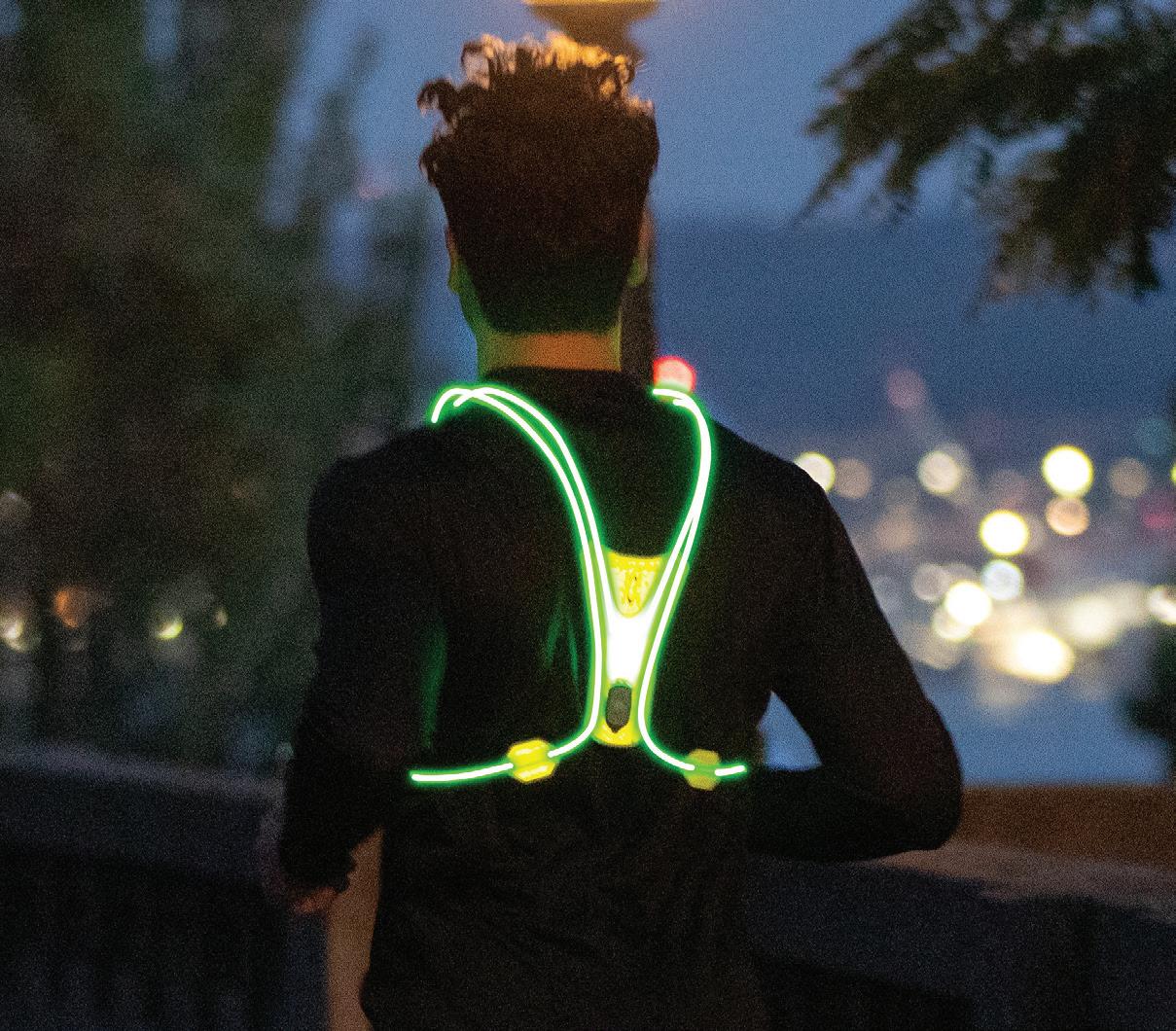



By Dan Jablons, Retail Smart Guys
Retail is fun. Mostly. Retailers say they love working with customers, making great sales and interacting with customers. But not all of retail is fun. One of the hardest, and yet most important tasks that retailers face, is inventory control. A great deal of time, effort and expense is dedicated to it — and even with all that, it seems to be an ongoing struggle.
With The Running Event 2025 – and all of its new products, buying and merchandising opportunities – right around the corner in San Antonio next month, now is a good time to see if we can make it less … awful.
You’re making sales, you’re having fun and your financial stress is not so bad, so why is this so important? You might be thinking, “Why can’t I just keep doing what I’m doing?” Well, you could, but you’d be leaving a lot of money on the table.
Inventory is your biggest asset — and your biggest expense. You spend more money on inventory than anything else. More than rent, payroll, technology or marketing.
Manicuring and curating your assortment is the most important job a run retailer has. Having the right inventory, in the right place, at the right time, is the best way to guarantee your profits in the short term. It also guarantees your success in the long term, as customers will believe in your store and come back, again and again.
One of my first mentors in this business once said, “Stores have no better marketing than having the right inventory.” It’s true. We can never lose sight of that.
That means that we need to know what inventory we have, how long it’s been there and what we’re planning to do to sell it. To do that, we must have an accurate, dependable inventory that we can work with, entice

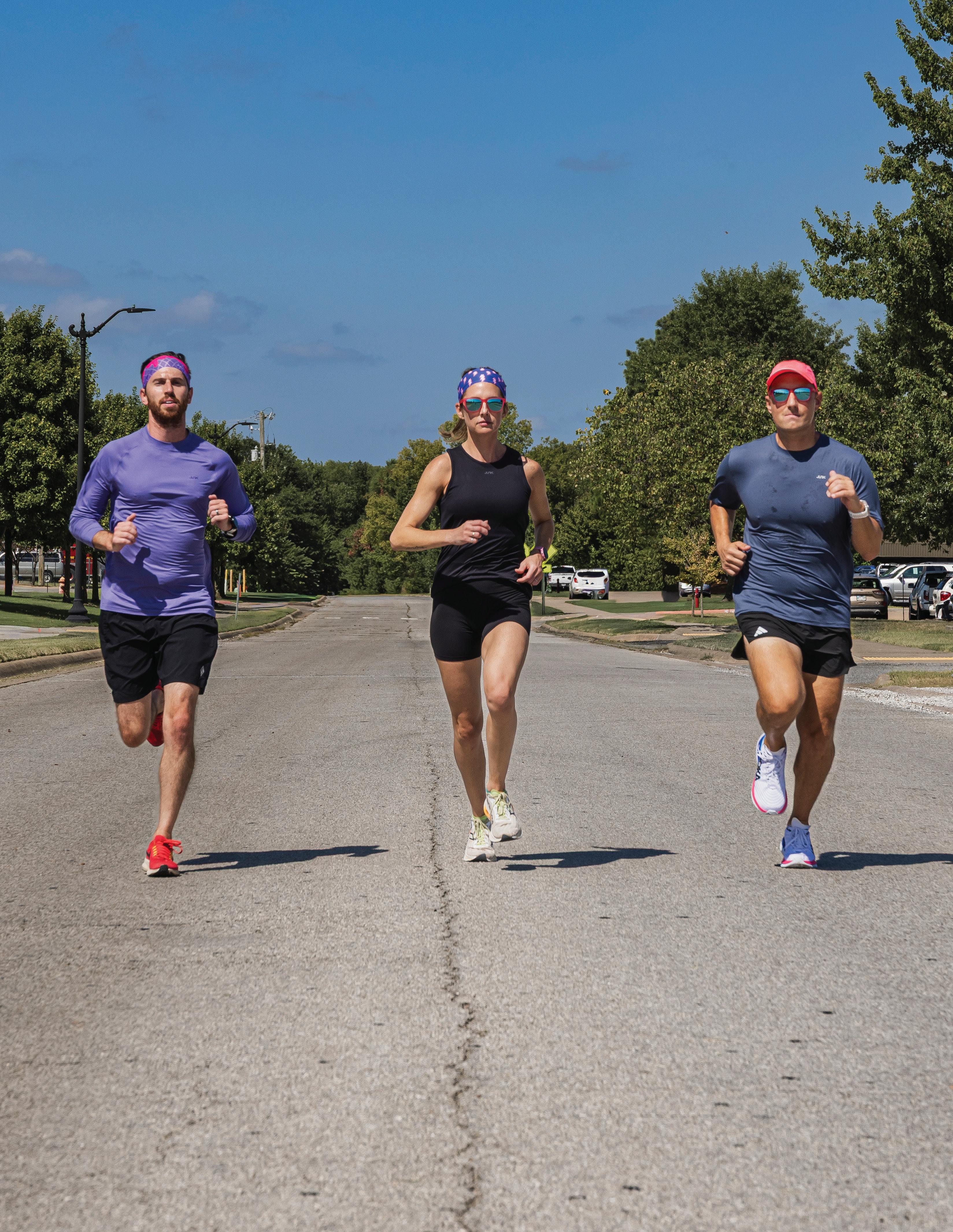

our customers with and ensure our future.
If your inventory is overstated, that means that you might think you have goods to sell, when you really don’t. If your inventory is understated, then the sales you think you can make, you can’t because the goods aren’t there. Further, both of these situations can occur simultaneously, across several departments and either one can cost you both sales and profits.
That’s why you should care. Now, let’s figure out why it happens, and how to fix it.
There are lots of places where the inventory control gets out of whack. When retailers complain that they don’t have faith in their current inventory, I always suggest we start at the beginning of the “inventory cycle.” Let’s walk through that together, and look for places where the inventory goes wrong.
• Setups: One of the biggest causes of incorrect inventory is that the POS system was not set up correctly. For starters, I would review your Department/ Class/Subclass structure. If there are not clear lines of delineation in your DCS structure, it needs to be revised. You should never look at an item and think that it could go in more than one DCS.
If you have that situation, change your DCS structure so that there is no muddy water there.
The same is true for the individual fields in your POS system. Each one should have a specific purpose and that line should not be crossed. Perhaps one description field is for the vendor’s style number and

another description field is for the product’s description itself. Keep to those rules, so there are no surprises.
Lastly, make sure you are consistent with how you enter information in all your data fields.
For example, let’s talk about the color black. I’ve seen it abbreviated many ways – BLK, BLC, BLA, BL, BLAC, BLCK, BLAK, etc. If you are not consistent in how you enter it, you can’t search for it or report on it and you could have duplicate entries. It’s often best to use the first few letters of the color or create a table of entries and stick to that table.
• Purchasing/Receiving: When entering POs into your system, do you look before adding new items? Duplication of existing items is a big cause of inventories going wrong. Also, do you have enough information to write the PO? Do you know everything you
need to know to properly add the items to your system?
I’m not just talking about descriptive information, I’m also talking about having the correct cost and retail price. Some retailers have told me that they don’t enter purchase orders because they don’t have that data until the goods arrive. Nonsense. The vendors have it, and they give it to the people who ask for it— so be one of those people.
And, in this day of e-commerce sales, you should also get the UPC codes from your vendor.
Lastly, I see a lot of errors when doing returns to vendor. Getting the RTV from the vendor is important, but also make sure that you enter it properly so that the goods are out of your system.
• Selling: This is probably the biggest cause of inventory errors. We’ve all gotten accustomed to scanning barcodes,
but sometimes they don’t work. And when they don’t, cashiers tend to improvise.
Make sure your staff knows how to look up items quickly, so that if a barcode isn’t working, or if the tag is missing, they ring up the right item.
I’ve seen lots of places where cashiers ring up another item that isn’t the item being sold, but because the price is correct, they feel it’s “close enough.” It’s not – this messes up your available inventory by size, creates incorrect sales and inventory reports. So while the customer leaves happy, the store suffers.
I’ve also seen instances where the cashier accidentally scans the UPC code in either the quantity or the price field and to fix it they add a discount. This messes up the inventory and creates incorrect markdown reporting (which is crucial to properly evaluate vendor performance, store performance, and buyers’ performance too!).
Have your POS vendor change the sequence of the fields so this is unlikely to happen and have your cashiers tell you as soon as it does happen, so the proper corrections to these mistakes can be made.
Lastly, many systems have “junk” or “jackpot” items, which are generic items that are typically created when you first go on a system to ring up items that have not been entered yet. Lots of times these generic items are continually used by cashiers when they don’t have a ticket, or sometimes they are just too lazy and prefer to use that item. Every time that happens, you create an inaccurate inventory. I would either remove the generic item or run reports on it to figure
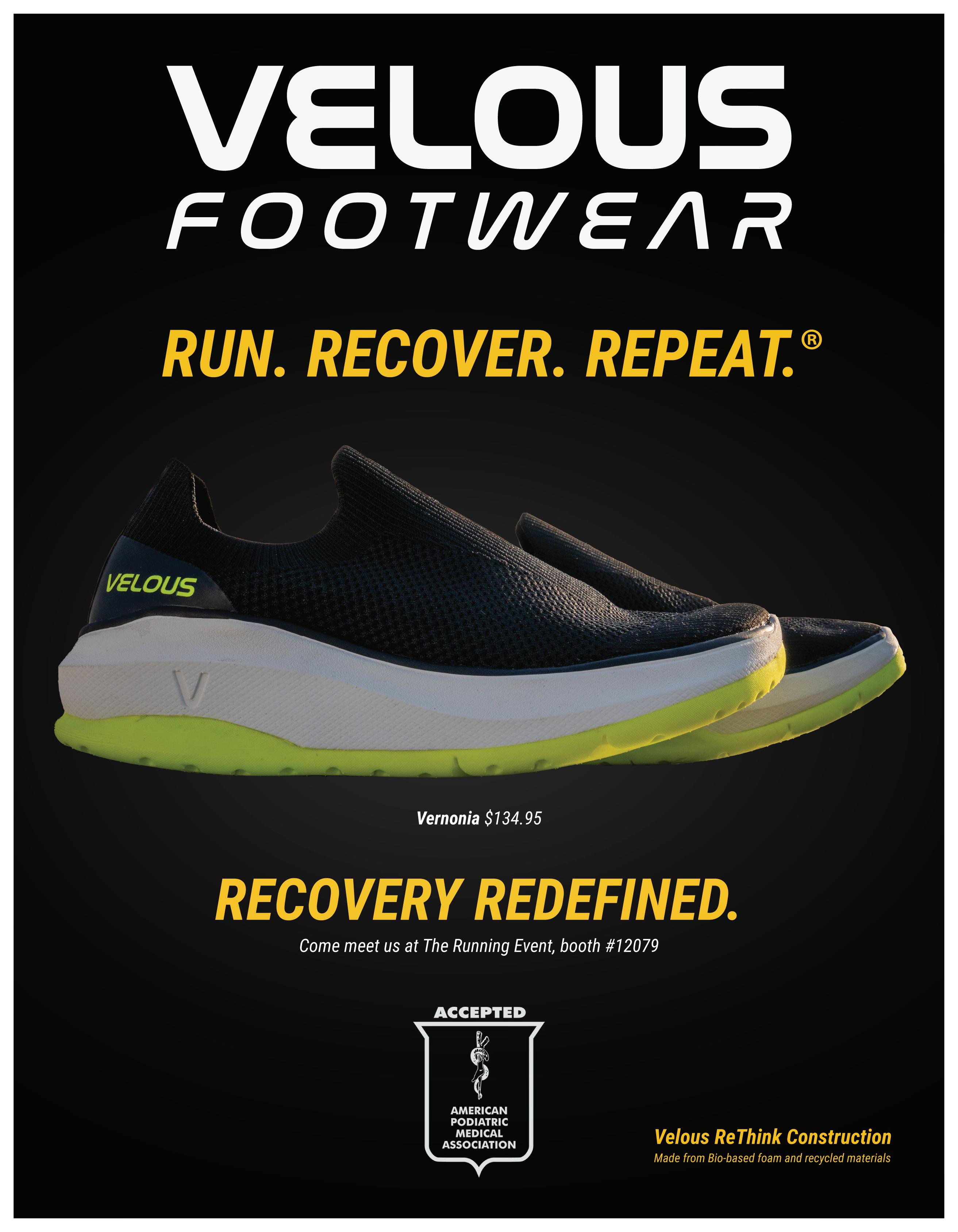
out why it’s happening (more on that in the section below).
• Other Inventory Movements:
If you are a multi-store operation, then you know that inter-store transfers are difficult things to manage. Even gigantic operations have this issue.
Every time a store transfer happens, the amount transferred from the source location should match the amount received at the destination location. POS systems have lots of ways to manage this and it’s worth spending time learning them.
This is also a big area of theft, so protect yourself and your inventory by establishing excellent processes and policies to manage this.
The other place in this category that causes problems are other causes for inventories to be depleted. If items are taken out of stock for any reason (demo, the owner took one, gave one to a charity, etc.), this should all be documented as an inventory adjustment (do not do this as a zero dollar sale, as that messes up your margins and creates incorrect quantity sales too).
While this seems like a small percentage of the cause, it grows faster than you think.
Even if you get very good at enforcing all the things above, things could still go wrong. You can’t be everywhere at all times, so you need to do some things to make sure that everything is being done properly by you and your staff.
From my earliest days of installing POS systems I learned that if you do not have someone in charge of the system itself, and its inventory, things go off the rails fast. Someone in
your organization needs to be charged with the role of “System Administrator” and that person’s job is to ensure the accuracy of the inventory. They should be very well trained in your POS system, and they should watch this like a hawk.
• Reports: Every area of operation has some set of reports that can be run to ensure the operations are happening correctly. That said, I find that most retailers just run selling reports and don’t run reports that look at other areas.
I’m a big fan of running receiving reports (did the goods come in properly and was it what I expected?), on hand reports (especially negative inventory reports. I like to run those and make the staff count the negatives. Since they don’t like doing it, the more you make them do it, the sooner they’ll get serious about ensuring the inventory is right.) and inventory adjustment/ transfer reports.
I also want to find all the places where we rung up sales using those generic or jackpot items and nail down why those lines are being used. Investigate all the oddities and you’ll soon identify and rectify the causes.
• Physical Inventories: Most retailers do at least one physical inventory per year, usually because their accountant requires it. Granted, they are typically not so much fun, but they are quite necessary. And if you find that your inventory is off by more than one percent, you need to dig in and find out why.
The problem that I see most often is that the physical shows how far off the inventory is, the retailer accepts it and then moves on. A bad physical
All of this seems like a lot of work. Does it really benefit me? The short answer is, absolutely.

inventory is a symptom of other managerial processes that are not properly executed.
If your physical is wrong, you should start doing cycle counts, which are physical inventories of just a portion of your inventory, such as a department or a vendor. These are good ways to keep your inventory accurate throughout the year. It also keeps your staff on their toes, and can prevent theft.
All of this seems like a lot of work. Does it really benefit me? The short answer is, absolutely. But just in case you need more convincing, here’s a list of benefits:
1. You won’t miss sales, because you’ll have the right inventory in the right places.
2. You will identify bad inventory and clear it, freeing
up cash for good inventory.
3. You’ll reduce loss through shrinkage.
4. You’ll be able to better measure your inventory’s performance and work more closely with your vendors to get the best goods at the best time.
5. You’ll be better able to plan your inventory (you do have an open to buy, right? If not, we should talk.) and increase your sales, your market share, and profits.
If those were not enough, here’s my experience in this: Getting good inventory control can improve your net profit by as much as 10 percent. So, when you wish that you could buy more marketing, or hire more people or redo your store, but you’re not sure where the money is coming from, look to your inventory. It’s sitting right there. n
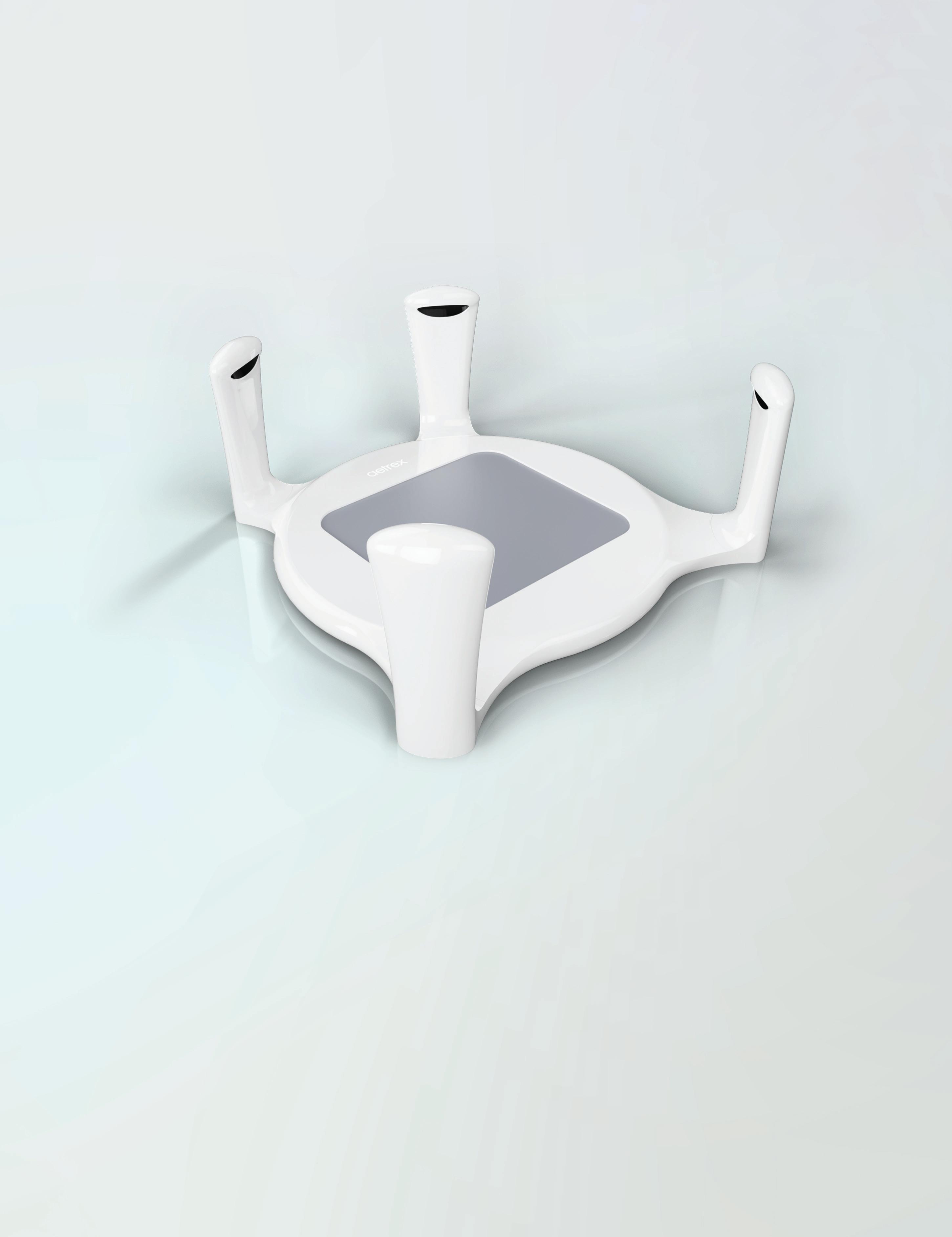
the
Where Precision Meets Simplicity. Inspired by the way Tesla made game changing technology widely accessible with the launch of Models 3 & Y, we set out to reengineer foot scanning from the inside out. Our mission: eliminate cost and complexity without compromising performance.
In just eighteen months, our engineers successfully removed 260 internal components, fully optimizing
system architecture. Simultaneously, we advanced our sensor and camera technologies to deliver higher precision in a simplified user presentation.
The final result: the Zoe Pro. A breakthrough in thoughtful engineering, delivering world-class performance at a price that finally makes advanced 3D scanning widely accessible.
This is the future of shoe fitting. And it fits everyone.
Starting at $1,995 or $55/month

Switchback at TRE 2025 offers an excellent opportunity to learn about what hikers want in a store. / By Amanda Loudin
The Fallen Arch specialty running store has been a staple on Lake Placid’s Main Street for more than a quarter century. In that time, co-owner Bob Tysen has witnessed the evolution of running shoes and running shoe trends — the minimalist turned maximalist era, the addition of carbon plates and the proliferation of trail running shoes. As the latter category has expanded, he’s also noticed it’s opening a market to a different type of customer: hikers.
“I started to notice this just before the pandemic,” says Tysen. “People were switching over to trail runners for their hikes.”
Due to the Fallen Arch’s location – right in the middle of the High Peaks region of the Adirondack State Park – it’s only natural the store would see a high degree of hiking traffic. But that population of shoe buyers seems to be onto the fact that trail runners can deliver a better experience, whether traipsing through muddy trails or up slick

rock slabs in the nearby mountains.
“Trail runners are a much lighter shoe and more comfortable than a clunky hiking boot,” says Tysen. “These days, they are so well done that there aren’t that many situations where you need a boot.”
Shoe brands are noticing this new market, too. According to Russ Stevens, product director at Topo Athletic, the brand first noticed the shift from boots to trail runners with the “fast and light” hiking community, who gravitated out of a desire to lighten
Move faster, buy smarter and sell better. Lightspeed brings your POS, inventory and wholesale together in
Give your business a competitive edge with:
Smarter buying by forecasting demand, discovering top brands and placing orders right from your POS
Streamlined operations simplify purchasing and inventory across all locations
Better customer experiences shelves stocked with in-demand products
Ready to hit your stride?

Join us at The Running Event in San Antonio, December at booth #8053, and see how Lightspeed helps retailers keep the pace.


their loads. In 2024, the brand was the most popular choice on the Appalachian Trail.
“Our popularity on the AT was driven almost entirely by our trail running products, rather than our over-the-ankleboot,” he says. “The adoption of trail runners has become broad enough that most hikers you would see on any of the longdistance trails in the U.S. will be wearing them rather than hiking boots.”
Topo’s retailers alongside the Pacific Crest Trail, the Continental Divide Trail and AT all report a shift in demand toward trail runners. “They do a fantastic job of explaining the benefit of using trail running
shoes in a hike setting,” says Stevens.
Tysen says that the Altra Lone Peak has played well for Northeastern hikers looking to through-hike or assist friends out for the long haul. “We get a lot of people coming in who are crewing for through hikers on the AT in Vermont,” he says. “People are after fast and light in those situations.”
While not all running shoe stores are located near mountains or thick forested trails, the odds favor most have nearby state parks or trails of some sort. There’s also the fact that, since 2020, visits to national
forests and parks have grown substantially. And that affords the opportunity to bring in hiking customers alongside running customers.
Bp-Run-CO, in Lakewood, CO, has always focused on the trail running market. “A typical store will be 80/20 road to trail shoes,” says shop manager Philip Snyder. “We do a 50/50 mix.”
In the past several years, however, part of the store’s trail running market has belonged to hikers. “I’m not sure if more people are hiking, or if people are realizing that a more flexible shoe is more comfortable on the trail,” says Snyder. “Most hiking shoes are heavy and stiff and just not all that comfortable.”

Trail shoes, by contrast, deliver what hikers need, according to Snyder. “They drain better than hiking boots and they’re much lighter, especially for through hiking,” he explained. “They also have grippy soles on them and they still offer protection against rocks.”
Trail runners from brands like Topo, Hoka, La Sportiva and others, in fact, feature Vibram Megagrip on the outsole, delivering a sense of security to hikers who take on slicker surfaces while on the trail. And, according to Stevens, trail runners require less break-in time than hiking boots. Hikers can go from just purchased to the trails in fast order.
Snyder has also seen trail runners become more durable in the past few years, making them a good long-term choice for hikers, as well. “They’re using foams and uppers that last much longer and can withstand the wear and tear of hiking,” he says.
No matter all the benefits of trail runners over hiking boots, retailers will still encounter some customers who are intent on boots. In those cases, having a boot model on hand may buy you a customer. Or, says Snyder, “If a customer really wants a boot, I recommend another local store.”
As a retailer, having an awareness of trail running brands and models – and their applicability to hiking – can open untapped sales, according to Tysen.
“We sell so few hiking boots relative to trail runners these days,” he says. “Out of every 100 pairs, probably 95 are trail runners.” n

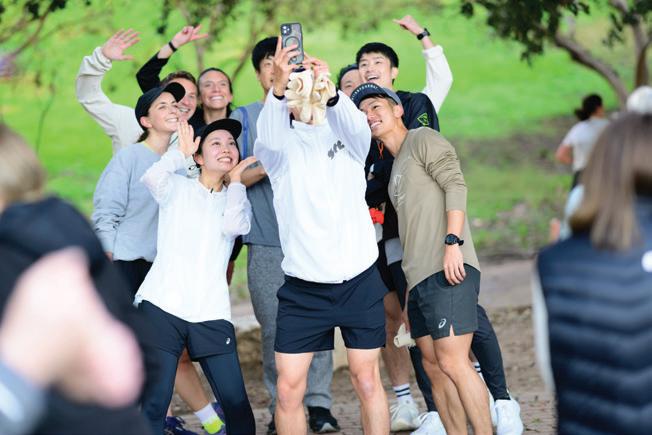



Education takes center stage at The Running Event next month. Here’s a sneak peek to help plan your schedule.
In these following pages presenters scheduled for the education program at The Running Event 2025, in San Antonio, TX, tell us what attendees can expect to take back to their stores if they attend their session. The education program takes place on Tuesday, December 2, the day before
TRE 2025 opens its doors. Plus there’s the Training Camp Theater right on the show floor during TRE along with special events galore.
For even more details, check out the TRE 2025 Event Planner online at www.runninginsight.com

TRE 2025 Education Spotlight Tuesday, December 2, 2025; 3:45 p.m.
Speaker: George Lane, DPM, Superior Foot Supports, LLC, Synergy Health Foot and Ankle
This session will bring attendees on a journey through time and uncover how road running shoe technology has evolved, from 19th century rubber innovations to today’s cutting-edge midsoles. This presentation will explore key industrial and cultural events along with the individuals and companies
Prepare yourself to be transported back in time to the mid-1800s, at which point you will embark on an adventure depicting the fascinating story about the birth and evolution of the road running shoe industry — from its humble beginnings to the force of nature that it has become. Along this journey, you will gain insights into the progression of advancements in road running shoe design and technology developed by the industry in a race to optimize foot comfort, protection from injury, training enjoyment and race performance.
You will be presented with interesting images, fun facts and understandable explanations of the clever concepts that have brought us from the days of yore to the present. From there, we’ll take an in-depth look at the human and footwear performance research, testing and findings associated with the development and progress of the super shoe industry.
Sprinkled throughout this presentation, you will learn about the industrial developments and cultural events that have had a significant influence on the growth and direction of the road
responsible for the breakthroughs in running shoe technologies. Walk away with stories to share with your customers and run specialty colleagues and an appreciation for how far we’ve come as an industry.
running shoe industry. You will leave this experience armed with a treasure trove of interesting road running shoe knowledge to share with your colleagues, customers and friends.
Best of all, this session will give you something to talk about with your customers during their time in the store.
1. Insights into the industrial and cultural events that have been influential on the history of road running shoes.
2. Insights into the key historical and contemporary advancements in road running shoe technology and design.
3. Insights into the research, testing, and findings associated with the quest for the optimization of road running shoe performance.
TRE 2025 Education Spotlight Tuesday, December 2, 2025; 2:30 p.m.
Speaker: David Durkin, Co-Owner, Karnan Associates
THE PRICE OF A PAIR OF RUNNING SHOES: WHERE DOES THE MONEY ACTUALLY GO AFTER A SALE?
In this eye-opening and interactive session, David Durkin of Karnan Associates will break down the average cost and gross profit of a pair of running shoes — and visually show how each remaining dollar is spent. From payroll and rent to marketing, insurance and operating expenses, you’ll see exactly how your margins stack up against industry benchmarks.
For retail leaders, this session offers a valuable opportunity to compare your financials to industry standards and identify
Where does the money actually go? As an employee, are you wondering how, as the price of shoes keeps climbing, your salary hasn’t gone up at the same rate? On the flip slide, as an owner, are you wondering as the price of everything has increased, are we all doomed to go out of business?
This is your chance to explore where every penny of an average transaction ends up. You’ll learn just how much payroll costs have increased and what is allowing the industry to remain viable despite increasing costs and increased competition.
The session will explore current industry averages and ranges for key expenses including payroll, cost of goods sold marketing and even the often hazy “supplies.” You’ll leave with the knowledge to dive into your own financial statements to benchmark your business and identify potential areas of improvement or risk.
potential areas for improvement or reinvestment. For sales associates and team members, it provides a clear, practical understanding of the business side of run specialty retail — and why every sale truly matters.
Whether you’re trying to improve profitability, educate your team or just get a clearer picture of where the money goes, this session will equip you with insights to make smarter business decisions.
KEY TAKEAWAYS
TRE 2025 Education Spotlight Tuesday, December 2, 2025; 3:45 p.m. Speaker: Kathy Gates, Owner, The Running Well Store
As the running shoe fit process evolves, so do customer expectations for color variety and consistency across channels. Join for an updated presentation on retailer data, the challenges this shift presents and why keeping the customer experience
Color has always been part of selling running shoes. But in today’s market (where some brands offer 40-plus color options) color has become much more than a style choice. It’s now part of the fit process. If a runner can’t get the color he or she wants in-store, or finds that the price of one color doesn’t match what she sees online, trust takes a hit.
That is the heart of the Color Conundrum.
This session moves beyond frustration and into structure. We’ll unpack how color decisions ripple through customer experience, sell through, markdown exposure and brand credibility. Attendees will see what retailers are observing on the sales floor, how color proliferation strains inventory and why mismatched pricing across colors erodes loyalty.
Most importantly, we’ll share a framework retailers and brands can use together to align on color strategy.
This isn’t just about shoes on the wall. It’s about staying competitive in an era where customers expect every channel (store, website and brand DTC) to
front and center is more important than ever. Together, we’ll explore strategies for balancing customer demand with sustainable inventory management to remain competitive as a run specialty retailer.
work seamlessly together. We’ll highlight what’s working, where gaps remain and how to keep the runner at the center of the
experience while building sustainable solutions for both retailers and vendors.
1. Customer Mindset: Understand how today’s runners view their shopping experience and the role color plays in a 360-degree view
2. Color Scorecard: See how brands are supporting retailers with tools to guide customers through their color journey.
3. Pricing Alignment: Learn how to keep the conversation about color pricing front and center with vendor partners.
4. Conversation Starter: Gain tools to spark effective discussions with your local reps and continue advocating for specialty retail.
5. Retail Realities: Explore the inventory challenges color creates, and how to manage them.
TRE 2025 Education Spotlight
Tuesday, December 2, 2025; 9:30 a.m. • Speakers: Ben Anderson, Running Retail Consultant; Maggie Butterfield, Co-Owner; David Durkin, Co-Owner, Karnan Associates
Join Karnan Associates for an introduction to the Retail Planning Cycle and learn how to develop a category strategy process that establishes targets, explores areas of growth and decline and identifies key needs for your store. This interactive workshop is designed for retail leaders who want to make smarter
In today’s competitive and fast-changing running retail environment, success hinges on more than just having the right products — it requires strategic planning, data-driven insights and clear execution at the category level.
To assist in this strategy, Maggie Butterfield and Ben Anderson from Karnan Associates will offer an engaging and practical workshop introducing the Retail Planning Cycle. This in-depth interactive session is designed for product line managers looking to make smarter buying decisions and drive performance through effective category level strategies.
This immersive session will introduce retailers to the core stages of the retail planning cycle and provide a practical framework for building and executing a category strategy that aligns with customer needs and business goals.
buying decisions and enhance business efficiencies through category-level strategies to drive performance. You’ll leave with a practical template — and more importantly, a customized category strategy for your key product areas, developed during the session.
1. A step-by-step understanding of the Retail Planning Cycle and how to use it as a strategic tool for your business.
2. A clearly defined category strategy tailored to your own key product areas — developed during the session.
3. Learn proven approaches to developing and executing category strategies that align with customer needs and business objectives.
4. How to align buying, merchandising, marketing and store operations around a unified category plan.
5. Leave with a customizable category strategy template you can implement immediately.
TRE 2025 Education Spotlight
Tuesday, December 2, 2025; 9:30 a.m.
• Speakers: Matthew Gawors, Confluence Running/Binghamton University, CEO/ Instructor, Running & Triathlon; Jenna Gawors, COO; Kaylee Stone, Regional Manager
Consumers interact with your store long before they walk through the door — and long after they leave. This workshop combines Dynamic Footwear Specialist training with strategies to meet the modern runner across all touchpoints: digital discovery, instore experience and post-purchase engagement. You’ll learn
The session’s goal is to empower employees for better comfort on day one, fewer returns and more repeat visits because the experience feels professional, personal and easy. Attendees will have the chance to work with a university researcher, run specialty retailer owner and a licensed social worker to bring together the strongest story for your customers.
That’s because runners engage your brand before they step inside — and stay with you after they leave. This workshop blends the science of fit with a simple customer-journey playbook so staff can deliver confident service at every touchpoint. We’ll practice Dynamic Footwear Science (DFS) fundamentals, then pair them with psychology skills that turn data into clear next steps. Expect quick demos, role play and a one-page journey map to use back home.
• See the whole journey (and act on it). Look at the runner’s path end-to-end – search, store and follow-up – and spot the few friction points that matter most. You will leave with a one-page roadmap that prioritizes highyield fixes across discovery, fit and retention.
how to build a staff that’s confident in both biomechanics and relationship-building. We’ll explore how service, science and personalization intersect in the modern journey. Walk away with tools to strengthen your team and enhance every step of your customer’s path.
• Evidence over lore (cushioning is the example, not the rule). Retire the “more foam = more protection” shortcut. We’ll translate fit science into store decisions — how geometry (stack, rocker, drop, flex) and materials shape comfort, loading, and perceived smoothness. Then we will show simple ways to validate claims: quick in-shoe A/B trials, brief movement screens and post-fit check-ins that track
comfort, exchanges, and returns.
• Build a practice, not a script. Create a shop culture where skills are rehearsed and language is consistent: precise measures, crisp movement observations and clear “why this works” explanations. The result is faster, more confident fits — and outcomes you can see: fewer re-fits, steadier margins stronger word-of-mouth.
1. Map the Modern Customer’s Journey: Learn how to identify and evaluate key customer touchpoints – from digital discovery to post-purchase follow-up – and use journey mapping to visualize opportunities for enhanced engagement and service.
2. Integrate Fit Science with Customer Psychology: Practice core elements of the Dynamic Footwear Specialist Certification, including gait assessment, foot measurement and model selection — while exploring how communication style and empathy influence customer trust and decision-making.
3. Turn Training into Tangible Results: Discover how a well-trained staff can elevate every stage of the customer journey — leading to improved satisfaction, higher conversion rates and long-term loyalty through personalized, professional service.
TRE 2025 Education Spotlight Tuesday, December 2, 2025; 2:30 p.m.
Speakers: Patrick McInerney, Director, Greenfly; Adam White, Owner, RC Outfitter
In today’s digital-first world, race day doesn’t end at the finish line — it lives on through the photos participants cherish and share. Retailers are now harnessing these moments to drive real-world results. In this session, you’ll learn how RC Outfitters partnered with a local charity 5K to turn race photography into a powerful engine for both fundraising and retail impact. Using branded participant photos and smart integrations, the activation helped:
Race day memories extend far beyond the finish line – especially in today’s digital-first world. The photos participants cherish and share keep the experience alive long after the medals are put away — and for run specialty retailers, those photos can be powerful drivers of in-store traffic, sales and community goodwill. RC Outfitters, in Peoria, IL, has been pioneering ways to transform race day photography into more than just a keepsake.
By working with Greenfly, the retailer has built activations that turn raceday photos into tools for retail growth and charitable impact. The results are a playbook that other run specialty retailers can adapt to strengthen customer relationships, demonstrate community leadership, and deliver measurable outcomes.
The Screaming Pumpkin 2025 is the perfect start on its journey to find new ways to use raceday photos to drive purchases, shifting away from traditional physical
• Drive measurable in-store traffic and product purchases.
• Convert post-race emotion into time-sensitive sales and offers.
• Embed donation prompts into photo galleries to boost charitable giving
You’ll walk away with a practical playbook for using digital content to fuel customer loyalty, brand visibility, and community engagement — without overhauling your existing tech or marketing stack.
delivery to a digital execution with more reach.
In near-real-time, participants receive a highly personalized email from Greenfly’s RunnerTag platform letting them know that they have photos. These emails traditionally receive open rates in excess of 70 percent because they actually include images of the participant within the email. Inside this email will be an irresistible offer in the form of a unique single-use barcode for redemption in-store or online.
To further increase the likelihood of follow through, banner ads and interstitials on the gallery will reinforce the participant only offer sitting in their inbox.
The impact based on past experience should motivate the participants to visit the store shortly after the event, converting race-day excitement into in-person traffic.
The Elite Chocolate Turkey 2025 serves as RC’s biggest testing ground yet for combining
photography with retail and charitable activation. Every race photo will feature the logo and a donation QR Code for Elite Community Outreach, a Peoriabased nonprofit that provides second chances and job training for at-risk community members.
To ensure that support is maximized for Elite Community Outreach, participants are invited to make a donation in exchange for accessing the high resolution version of their raceday photos.
A win-win for the charity and the participant.
As a thank you, and added incentive, each participant that makes a donation also receives a bonus offer to drive their next RC Outfitters visit. The offer is provided digitally as a barcode within their purchase confirmation email. The timing aligned perfectly with Black Friday through Small Business Saturday, giving participants a reason to shop when retail momentum is already high.
This approach not only delivers
measurable media value through photo engagement, but also encourages additional donations. Participants can give directly within the photo experience, embedding philanthropy into a moment they already value. The photos function as both keepsakes and calls to action — strengthening RC Outfitters’ reputation as a communityminded retailer.
Made Seamless Technology makes these activations simple and scalable. By integrating RC Outfitters’ RICS POS system with the RunnerTag platform from Greenfly, the process for getting each participant a unique barcode is frictionless for the retailer and shifting away from physical delivery improves uptake.
Greenfly’s RunnerTag platform also brings another layer of personalization: advanced AI photo recognition. With industryleading accuracy, the system can use the same raceday photos to identify what each shoe brand a participant is wearing.
What superpowers does that unlock?
• Pursue a shoe brand sponsor for an event with usage data that is specific to that event.
• Provide additional value to an existing shoe sponsor with
insights into shoe brand preference broken out by age, gender, and pace.
• Send personalized offers to event participants based on what shoe brand they wore at the event.
The success of these first activations is just the beginning. With the Steamboat Classic already on the calendar for June 2026, plans
are already in place to innovate on new event activations, both digitally and on-site to deliver value for retailers and their partners.
For run specialty retailers, the message is clear: event photos aren’t just souvenirs. They’re engines for engagement, fundraising and sales. By rethinking how you deliver and frame these moments, you can turn every participant into both a loyal customer and a community advocate.
1. Unlock retail traffic. Tie participant photos to instore offers through barcodes or digital codes.
2. Give your charity a boost. Create opportunities for participants to support a local cause within their photo galleries by including them on your photos and soliciting donations.
3. Level up your offers. Use offers that are exclusive to event participants and limited time redemption windows to drive both perceived value and urgency.
TRE 2025 Education Spotlight Tuesday, December 2, 2025; 9:30 a.m.
Speaker: Anne Schoolcraft, Certified EOS Implementer, EOS Worldwide
ARE YOU RUNNING YOUR BUSINESS OR IS YOUR BUSINESS RUNNING YOU?
You started with a passion for running, but now you’re stuck in the weeds of doing the books, fighting the fires, even sweeping the floors. If it feels like you’re sprinting on a treadmill with no finish line, you’re not alone. This interactive session
Many of the most successful entrepreneurs and business leaders work longer hours and get less return on their investments of time and money. Maybe you grapple with some of these challenges:
• Lack of control over time, markets or your company.
• People who don’t listen, understand or follow through.
• Profit that’s inconsistent and/or there’s not enough.
• Growth is happening, but you can’t break through to the next level.
• Quick fixes that come-and-go, bringing little change with continued frustrations.
This session will deliver a powerful, inspirational presentation that will introduce run retailers to the Six Key Components of a successful business. An interactive style and experience-based real-world insight makes this an eye-opening event for growth-oriented business leaders.
At the conclusion of this workshop, you will walk away with a
will help you tackle your biggest operational headaches using the Entrepreneurial Operating System (EOS). You’ll walk away with practical tools to regain control, boost profits and build a healthier team.
set of simple, practical tools that you and your leadership team will use immediately to focus on priorities, get clear on issues and gain traction together, as a healthier leadership team. These include:
• A two-page business plan that will clarify your vision and get everyone rowing in the same direction.
• A simple but supercharged
org chart that clearly defines everyone’s accountabilities (yes, everyone!).
• A meeting cadence where things actually get done.
• An effective Scorecard that gives an absolute pulse on your business.
• Disciplines for setting – and achieving - short-term and longterm goals.
1. Identify everyday bottlenecks that drain time and profit.
2. Simplify processes to increase consistency and scalability.
3. Use data to spot and correct operational breakdowns.

TRE 2025 Education Spotlight Tuesday, December 2, 2025; 1:30 p.m.
Speakers: Jeff Anderson, Owner, Kelley’s Pace; Harry Chandler, Co-owner,Charlotte Running Company; Mary Sutton, Buyer and Marketing Manager, Kelley’s Pace; Moderator, Danny Smith, Senior Writer, Running Insight
Does hybrid and remote work have a place in run specialty retail?
As the retail industry evolves, hybrid and remote workflows are gaining traction among run specialty store owners and their teams. This session explores strategies for integrating new tools, communication systems and job positions to remote models
Is remote work viable in run specialty retail? At The Running Event, a panel discussion with two retailers who’ve given remote work a try offers a glimpse into the promise and pitfalls of the increasingly common work arrangement.
In the run specialty environment, a retail sector that celebrates one-on-one attention and the uber-personalized sit-andfit experience, remote work seems especially out of place.
It’s distant, not high touch. Out of sight, out of mind, right?
But as hybrid and remote work has become more commonplace among the broader American workforce in the post-pandemic age – Gallup pegs 79 percent of U.S. jobs as “remote capable” – and finding and retaining highquality employees has become a challenging endeavor for retail shops, running retailers have become increasingly open to the idea of remote and hybrid work.
In a panel discussion at The Running Event, representatives from two run specialty stores who have tested remote and hybrid work arrangements will discuss their experiences with the alternative employment format, from early reservations and missteps to finding a groove benefiting both
without sacrificing company culture or operational oversights. Attendees will gain actionable takeaways to enhance financial tracking, inventory management and productivity within a team, which can generate higher quality work from employees and an improved in-store experience.
employer and employee.
Titled “How Run Specialty Retailers are Integrating Hybrid and Remote Employees,” the 45-minute session will feature Charlotte Running Company co-owner Harry Chandler as well as Kelley’s Pace owner Jeff Anderson and his full-time remote employee, buyer and marketing manager Mary Sutton. Moderated by Running Insight senior writer Danny Smith, the panel will
explore strategies for integrating new tools, communication systems and job positions to remote models without sacrificing company culture or operational oversights.
“The very topic of remote work might seem admittedly odd in the run specialty world given how much running stores prioritize the in-store experience, but in the Charlotte Running Company and Kelley’s Pace we have two stores who have given remote work a shot and learned through

reflection and critical analysis how to create something beneficial and powerful,” says Smith, who is a part of TRE’s Education programming for the fifth consecutive year.
In an era of frustrating labor challenges, Chandler says it’s especially important running store leaders remain flexible and open to alternative workflows.
“As business owners, we don’t know everything,” says Chandler, current president of the Running Industry Association. “We need to be honest with ourselves about where we need support or particular skills and open to the fact that some of this work can be done outside of the store.”
The four-store Charlotte Running
Company operation –the 2021 Best Running Store in America honoree – first trialed a hybrid work arrangement in 2022 with a marketing position. While Chandler acknowledges the experience did not go as smoothly as those involved hoped it would, CRC leadership nevertheless regrouped, learned from the endeavor and now has four employees working on a hybrid or remote basis.
“And it’s one of the best things we’ve ever done,” Chandler says of employing remote/hybrid staff.
At Kelley’s Pace, a 47-year-old shop located in Mystic, CT, Anderson floated the idea of remote work to valued employee Mary Sutton as she prepared to move
to North Carolina in 2022. After navigating early growing pains, both Anderson and Sutton now consider the relationship a success as Sutton works from her Philadelphia home as the Connecticut-based running store’s lead buyer.
“When we started, we weren’t sure how things would evolve, but we’ve gotten to a good place,” says Anderson, who purchased the single-door business in 2014 following a lengthy career in non-profit management. “We’ve had to learn how to communicate and honor boundaries and find the systems and routine that work for us, but we’ve gotten there, and it’s been great for the business.”
While recounting their

firsthand experiences with hybrid and remote employment, including an earnest reflection on early stumbles, Chandler, Anderson and Sutton will detail the steps they took to create stronger remote work arrangements. The trio will discuss technologies they use, systems they’ve integrated, roles open to remote work and lessons they continue applying to drive productivity and store performance.
“One vital thing we’ve learned here is the importance of having thoughtful processes in place alongside the right technologies and a lot of trust and communication,” Sutton says.
The TRE Tuesday panel will conclude with Chandler and Anderson sharing tips from the ownership side about hiring and managing remote employees as well as thoughts from Sutton on how remote employees can hold up their end of the bargain.
“The goal is to ensure every attendee leaves with an understanding of the potential of remote work in the running retail environment, challenges that could pop up and battle-tested advice to help ownership successfully incorporate remote employees if that’s something they choose to do,” Smith says.
A look at 10 emerging brands making their mark in run specialty — and at TRE 2025. / By Carly Russo
As the run specialty industry prepares to gather once again this December in San Antonio, TX, for The Running Event 2025, we’re shining a spotlight on a number of emerging brands making their mark in stores and at TRE. These companies are newcomers, firsttime TRE exhibitors and brands generating buzz with unique products and fresh perspectives. They embody the innovation and energy that make TRE the most captivating event in the running industry.
Here are their stories.
Executive: Rainer Castillo, President Years in business: 15
Categories: Swim, Active, Casual, Golf, Youth, Toddler
Years at TRE: First year
Founded in 2011, Chubbies was born out of a desire to bring fun, comfort and confidence back to men’s apparel. What started as a rebellion against the overly serious world of fashion has evolved into a community-driven lifestyle brand built around a mission to deliver that “Friday at 5 p.m.” feeling every day of the week. From its signature proper-length shorts to a full lineup of swimwear, polos, and performance pieces, Chubbies creates versatile, well-crafted apparel designed for life beyond the grind — where style meets ease and every day feels like the weekend. TRE attendees should stop by the Chubbies booth if they’re looking to branch out from traditional colorways of black, grey and navy in hopes of finding apparel that offers personality and irreverence. The brand hopes to connect with traditional activewear customers and share its passion for high-quality apparel that delivers a fun twist.
Chubbies’ 2026 plans include continuing its expansion categorically within its existing
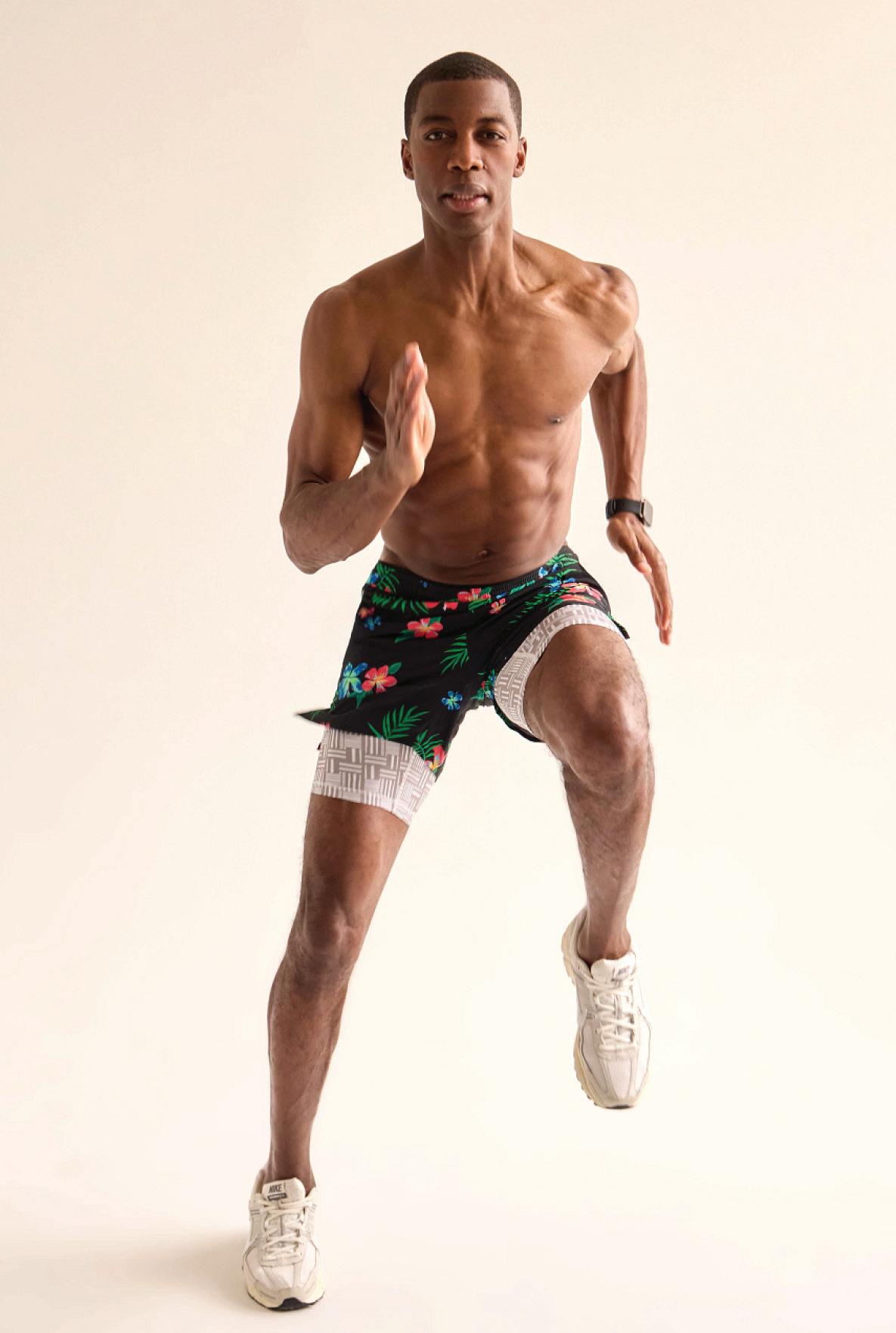

retail partnerships, and nurturing and building new meaningful relationships with an increased wholesaler-dealer base.
Executives: Brian Davis, Co-founder; Zach Stuck, Co-founder and CEO; Max Orr, CMO; Mary Weider, Chief of Staff Years in business: Six Product Category: Socks Years at TRE: First year
Hollow Socks is looking to redefine what a high-performance sock can be, starting with the materials. The brand crafts premium performance socks using alpaca fibers, which are credited as one of nature’s highest-performing natural materials. Hollow’s story began when
co-founder Brian Davis, a competitive cyclist, got tired of socks that felt damp, smelly and fell short on comfort. His search for a better solution led him to alpaca — and Hollow was born. Hollow’s socks are temperatureregulating, moisture-wicking and stink-resistant, designed for runners, cyclists, hikers or anyone who wants all-day comfort that performs.
Hollow believes that socks are often the most underestimated gear in anyone’s lineup. But the right socks can make or break a run. Its alpaca performance socks help reduce moisture and friction to eliminate blisters. At TRE, Hollow is inviting visitors to stop by its booth and feel the difference (and maybe even cop a free pair).

Hollow is gearing up to launch its “Run” collection, featuring a no-show tab and ankle sock built specifically for runners, later this month. As first-time TRE exhibitors, Hollow is excited to connect, impress and get Hollow socks on more feet. The brand looks forward to opportunities to meet retailers, partners, and fellow innovators.
Hollow Socks has grown 100 percent year-over-year for the past four years through its direct-to-consumer model and in 2026 the brand is focused on expanding into retail. It has been focused on building relationships to support that leap and has several new product drops planned to keep Hollow at the forefront of comfort and performance.
Executives: Gary Lenett, Founder and CEO; Michael Macintyre, COO; Bryan Anderson, VP–Global Sales Years in business: 10 Years at TRE: First year Category: Performance apparel
Duer is a Canadian apparel brand pioneering the category of performance jeanswear to create versatile, style-forward clothing designed for active lifestyles. The brand infuses heritage fabrics such as denim and canvas with technical features, so wearers don’t have to choose between style and performance. At its TRE debut, Duer will introduce its performance jeanswear to the running and outdoor community. The brand invites attendees to visit its booth and

discover a fresh retail category that bridges technical performance with lifestyle apparel designed for runners to wear beyond the sport. Duer will showcase its best-sellers, including Performance Denim, No Sweat and Stretch Canvas, in addition to its staples for travel, outdoor pursuits and daily life.
As a first-time TRE exhibitor, Duer is looking forward to the opportunity to connect with new partners and expand its footprint in the running market.
Beyond TRE, the brand’s upcoming and 2026 initiatives include maximizing its return on investment with wholesale partners, driving omni-channel brand awareness and aligning its demand planning resources with partners’ sell-through performance to maximize turns at retail.
Executives: Adam Copeland, Chief Running Officer; Josiel Correa, Head of Design
Years in business: Founded in 2024
Product categories: Hydration packs, duffels, performance headwear and apparel
Years at TRE: Second year
Tantrums is a performance trail running brand dedicated to building cutting-edge products that meet the demands of the sport’s toughest courses. The brand’s Crest 6L hydration pack has already found its way to finish lines at High Lonesome (course record), CCC (second place), UTMB (eighth place) and, most recently, carried Rachel Entrekin to a win at the inaugural Mammoth 200.
As a second-time exhibitor, Tantrums is aiming to disrupt the trail category. Its booth experience is designed to immerse visitors
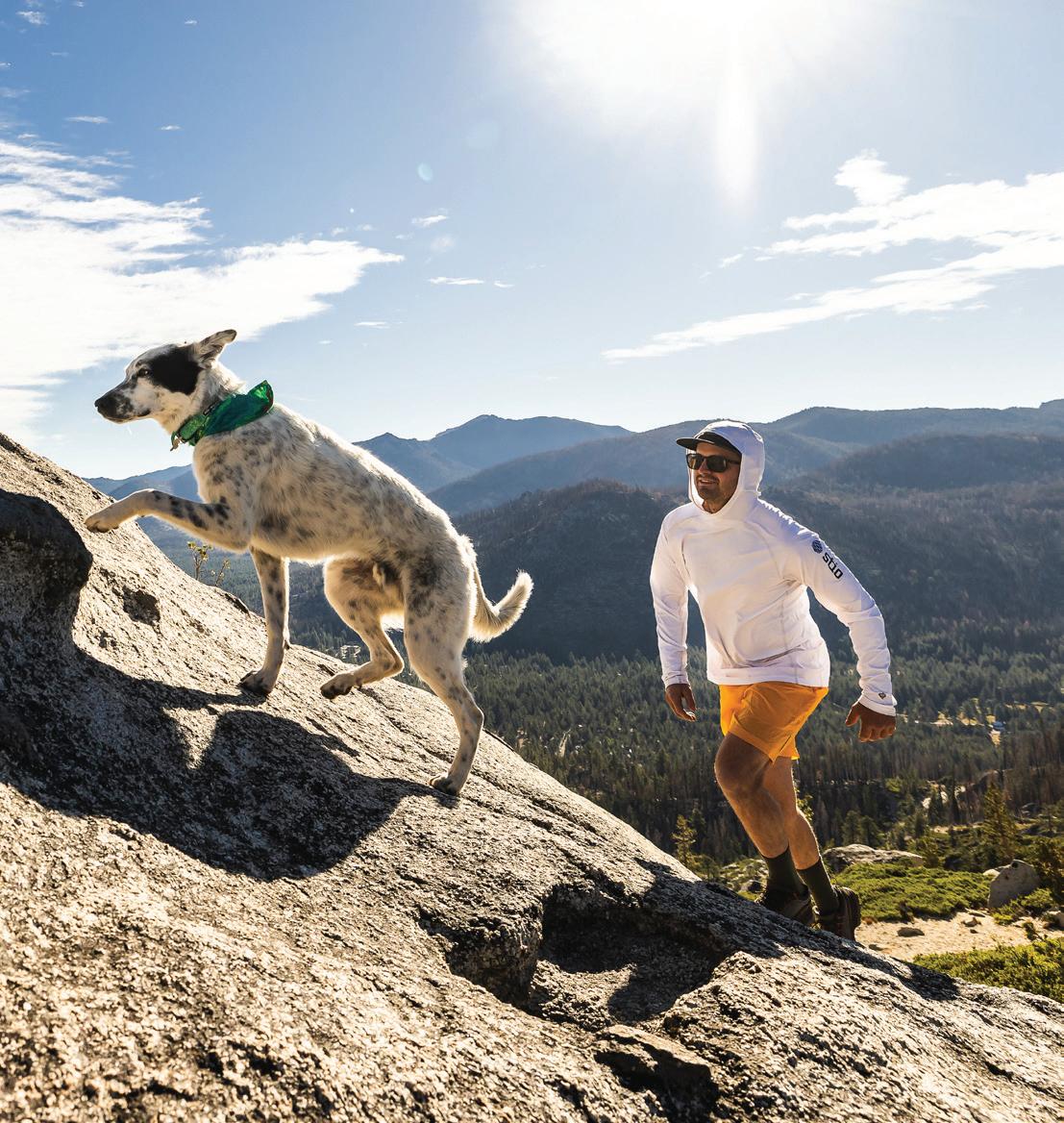
in its world and it wants retailers and media to see firsthand how Tantrums approaches design differently to reshape expectations for hydration and trail gear. Tantrums’ 2026 plans involve expanding its distribution in the U.S., Canada and Europe, while growing into adjacent categories such as apparel and new hydration verticals. To achieve this, Tantrums will continue innovating in product development, strengthening its athlete partnerships and scaling its specialty retail presence with the right partners worldwide.
STIO
Executives: Stephen Sullivan, CEO and Founder; Noah Waterhouse, COO and President; Alex Brown, VP–Sales; Kelly Hill, CPO; Evan Torrance, VP–Marketing; Sara Raff, VP–Operations
Years in business: 14
Categories: Four-season mountain apparel for ski, alpine athletes, mountain water and mountain lifestyle
Years at TRE: First year
Stio is a brand comprised of mountain athletes supporting those who seek to live beyond a typical daily routine. Since 2011, Stio has been developing apparel and gear at the base of the Teton Mountains in its hometown of Jackson Hole, WY. The brand’s mission is to make it easy for people to do more of what they love.
Stio finds itself obsessed with the tiny details of daily use gear to understand the demands of fit, mobility, durability and protection. The brand builds four-season technical apparel made to perform in mountain conditions – on the trail, in the snow, on the water and every moment in between. Crafted with sustainable materials from
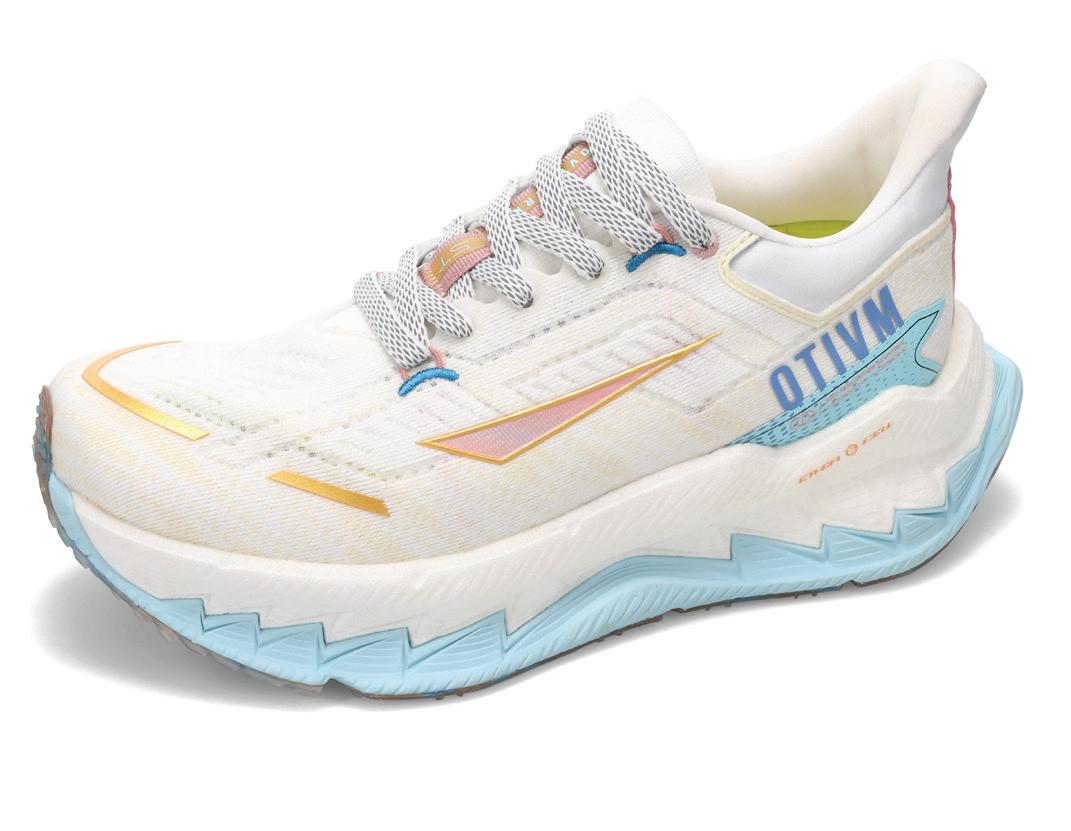
partners including Polartec, PrimaLoft, and Gore-Tex, Stio gear strives to deliver the protection and comfort needed without sacrificing everyday wearability.
Stio is excited to bring the energy of Jackson Hole to San Antonio at its first TRE. Attendees are encouraged to stop by the booth to meet the people behind the product and have a little fun; strum a guitar, play a game or share a story or two about the mountains.
TRE is all about connection. Stio is looking forward to deepening relationships with the specialty community, sharing what makes its brand unique and spreading a little mountain-life mindset to new partners and friends.
In 2026, Stio will continue expanding its omni-channel mission and meeting mountain athletes where they shop. That means growing its retail presence, investing in its teams, and sharing the Stio story in meaningful ways.
Executives: Paul Kwon, Founder/ CEO; Jeff Filkins, VP–Sales Years in business: Launching 2026 Category: Performance Running Years at TRE: First year
OTIVM (pronounced “ohtee-yum”) is a new, premium design-driven performance footwear brand launching to market in 2026. OTIVM believes in nurturing an “expansive growth mindset,” encouraging creative, multicultural communities to run, connect and thrive. The brand designs footwear for runners of all backgrounds, those who not only seek mind-body equilibrium, but also stride together in pursuit of enlightenment.
The brand’s name is inspired by the Latin word “otium,” defined as a time of leisure and self-realization. Through its performance products, OTIVM manifests the balance sought out through self-preservation to champion a movement toward compassion, creativity and joy.
OTIVM embraces active wellness as a pathway to joy, connection and growth. OTIVM may be new to the market, but it is not new to running as a lifestyle. It encourages TRE attendees who are seeking a new perspective on running and have a desire to connect with a community inspired by the eclectic subcultures of art, music, and design to visit its booth.
OTIVM will launch and

showcase the product it created for runners of all backgrounds at TRE. With more than 20 years of footwear experience on its team, the brand is driven primarily by comfort and performance and defines itself by style and purpose.
In 2026, the brand is determined to share its collective vision of OTIVM as a creative source for all things running, wellness and creative exploration. The brand believes movement is a necessary conduit to wellness. It hopes to spread its mission to encourage athletes, artists, creatives, and philosophers alike to run and find that peace together.
Executives: Lukas Liedtke, Armin Meyer, Christof Reuter and Stefan Hotz, Founders Years in business: 26 Category: Medical device Years at TRE: First year
Heat it is billed as the world’s first insect bite healer powered by a smartphone. Founded in 1999 by four German engineering students studying at Pace University, Lukas Liedtke, Armin Meyer, Christof Reuter, and Stefan Hotz convinced 2000 people to support their concept to treat and
heal insect bites via a crowdfunding effort. In 2002, they managed to make and sell 250,000 units and more than one million units in 2024. On track to eclipse two million units in 2025, the four still lead the company.
Heat it is a medical device registered by the FDA. This medical, future-tech device relieves pain and itch caused by bug bites and helps reduce the risk of bacterial staph or strep infections by scratching itchy, open sores.
The moment runners pause, their warm skin, CO2 breath, and sweat become irresistible to mosquitoes and biting flies. Heat it uses concentrated heat to neutralize insect saliva proteins and cut itch and swelling by up to 81 percent in seconds. The appcontrolled device is ultra-light, micro-compact and smaller than a sugar cube and can clip to a keychain or running vest.
As a first-timer at TRE, Heat it encourages attendees to experience its “must-see” product for themselves. Attendees can hold it, tap the app and feel the instant relief. Retailers are invited to stop by its booth and discover the potential this tiny device has for reshaping outdoor health and wellness. The brand hopes its
(continued)

debut at TRE will give it more exposure to generate sales and spread hyperthermic insect bite treatment to the premier run and outdoor community.
After TRE, Heat it’s 2026 plans are to help as many people as possible get outside and “Live Out There Longer,” as part of its mission. The brand hopes it can alleviate the anxiety associated with the fear of getting bitten and encourage people to continue spending time outdoors without worrying about pain or itching.
Executives: Ron Donchez, Founder; Sara Lawhead, Vice President Years in business: Founded in 2017, reimagined in 2023 Categories: Bags, Outerwear, Accessories
Years at TRE: First year
Thacker NYC was originally founded in 2017 and reimagined in 2023 into the brand it is today. Thacker NYC’s goal is to fuse the fashion and active worlds to create products that are functional, stylish and purposeful. From the start, the brand’s focus has been on utility, rather than vanity, with a lineup that includes modern, performancedriven bags and layering pieces designed for women who live life in motion. Each piece is designed to combine clean lines, waterresistant materials and a modern, fashion-forward edge, made to move effortlessly from the streets of NYC to the trail.
At its core, Thacker NYC believes the future of design is about doing more with less. That means fewer things made better. Pieces that adapt to real life, last longer and complement what people already own. The brand also believes that “sustainability”
shouldn’t just be a marketing term; it should be a mindset that challenges how and why products are made.
Thacker NYC invites TRE attendees to explore how it’s blending modern design, performance materials and a fashion sensibility that celebrates versatility over excess. The brand’s product line bridges the gap between performance and style, creating pieces that work hard and look effortless.
At its first TRE, Thacker NYC’s focus is on connection. The brand is eager to connect with retailers, creators and other brands that share its belief that women deserve more versatile options and build a community where performance and style don’t have to live in separate worlds.
In 2026, Thacker NYC plans to expand its wholesale distribution into key outdoor and active lifestyle retailers while continuing to grow its direct-to-consumer channel, all while staying true to its design principles. The goal is to continue creating fewer, more versatile products with longevity and partnering with like-minded retailers who are redefining what outdoor looks like for women.
Executives: Michelle Arnau, CEO and Co-Founder; Stephanie Waton, Co-Founder
Years in business: Less than one year (launched June 2025)
Categories: Skincare, Active, Outdoor, Camping
Years at TRE: First year
Launched in mid-2025 by cofounders Michelle Arnau and Stephanie Watson, Mimikai is redefining what it means to stay protected outdoors. The outdoor
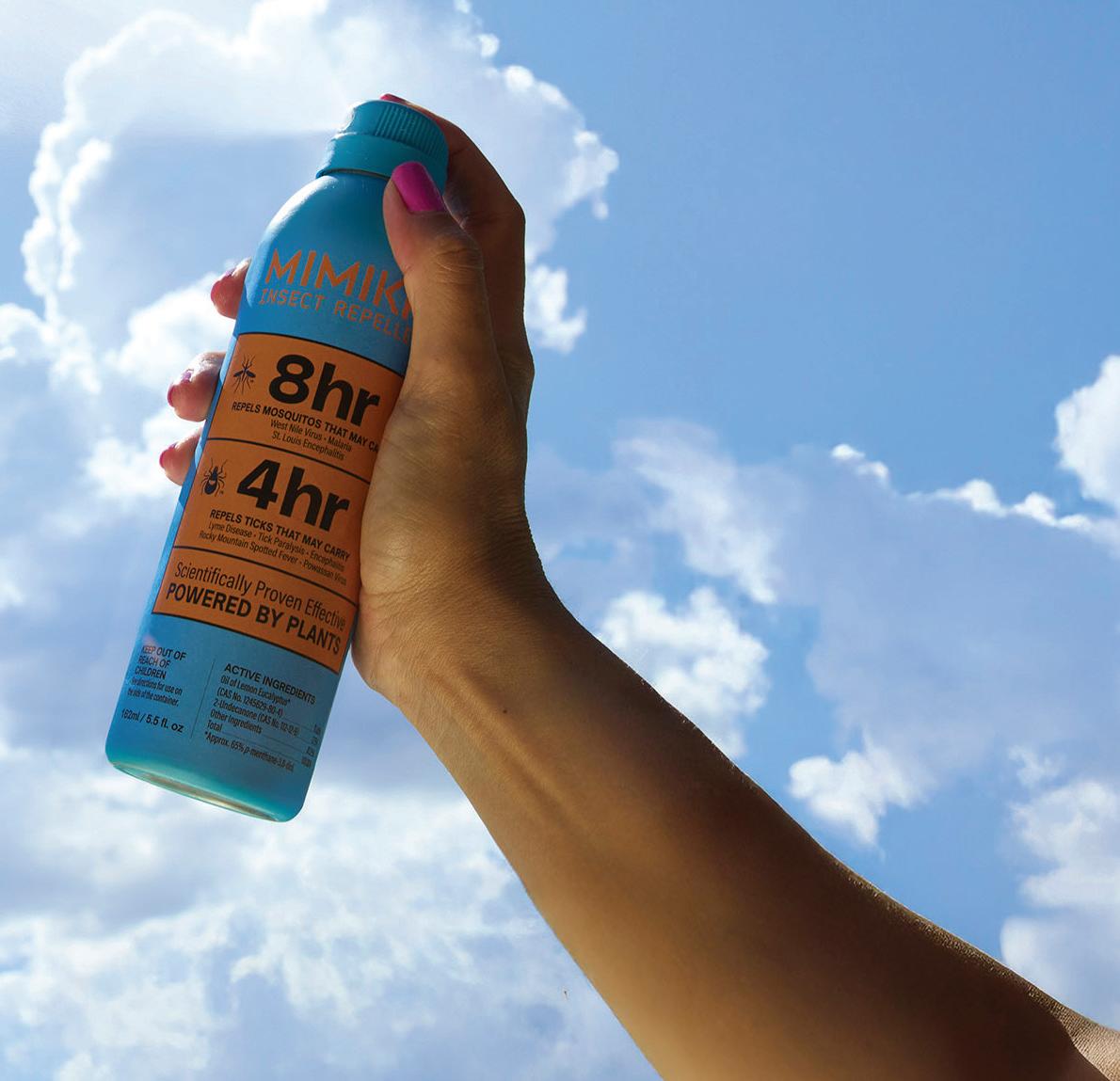
skincare company is making its debut at this year’s TRE to showcase its clean-ingredient insect repellent, which is designed to match the efficacy of DEET, without the harsh chemicals, odor, or sticky residue.
Powered by undecanone, a naturally occurring compound found in wild tomato plants and the first new EPA-registered repellent active in over 25 years, Mimikai offers up to eight hours of mosquito protection and four hours against ticks. After five years of rigorous lab and field testing, the result is an active repellent that’s both powerful and planet-conscious.
TRE attendees are invited to meet the Mimikai team and experience firsthand how its formula blends high performance with an outdoor-inspired scent. Designed for runners, hikers and outdoor enthusiasts alike, Mimikai delivers clean, effective protection to help make time outside safer, more enjoyable, and toxin-free.
As first-time exhibitors, Mimikai is eager to connect with running and outdoor retailers seeking to expand their wellness and protection offerings. The team aims to build new partnerships, raise awareness within the specialty retail community and strengthen relationships with early retail adopters who have already brought Mimikai into their assortments.
In 2026, Mimikai plans to broaden its retail footprint across diverse channels as demand grows for effective, plant-based repellents. With new product launches on the horizon, the brand is poised to continue leading the movement toward cleaner, smarter protection for active lifestyles.
Executives: Lindsay Shumlas, Chief Executive Officer
Years in Business: 11 Categories: Apparel, Equipment,

Years at TRE: First year Cotopaxi makes colorful and sustainably designed adventure gear that empowers people to see the world and make it better. Cotopaxi designs its products with features that help give others confidence to explore the world in their own way with bold and joyful colors. As a certified B Corporation, it dedicates one percent of revenue to the Cotopaxi Foundation to fuel its mission to alleviate poverty. To date, Cotopaxi has helped more than 4.25 million individuals experiencing extreme poverty through its foundation.
Fully aware that lifestyle is driving the outdoor retail sector right now, Cotopaxi invites TRE attendees to experience its joyful and vibrant colors that help evoke passion, create excitement for retailers and inspire lifestyle customers. Paired with its Gear For Good promise, Cotopaxi creates products that speak to
the values of today’s outdoor consumer.
Cotopaxi is the brand with a llama for a logo, so it loves being part of a herd. Community is at the core of the brand, so Cotopaxi is excited to share what it’s been up to, its evolution, and how it can collaborate in ways that align well with the current retailer needs at its TRE debut.
In 2026, Cotopaxi is telling its audience to “buckle up” for some surprises coming around the corner. The brand will also be doubling down on what makes it unique.
Cotopaxi has prided itself on being the brand for people who don’t exactly see themselves as “outdoorsy.” With that in mind, it plans to stay true to its roots and deliver some smart updates for today’s lifestyle customer. In addition, Cotopaxi will continue to find retail partners that understand the brand, know where the industry is going, and want to be part of the story together. n
To ramp up the excitement for The Running Event 2025, December 2-4 in San Antonio, TX, here’s a sneak peek at just some of the new products from the more than 350 vendors that have come across our editorial desks so far. Need more? The December 2025 issue of Running Insight will feature more than 100 new products to really rev up the excitement.
Alwrld’s Fall 2025 collection’s timeless pieces reflect a runner’s achievements. Its story dives into the meticulous consistency behind success, the love and dedication to the process.
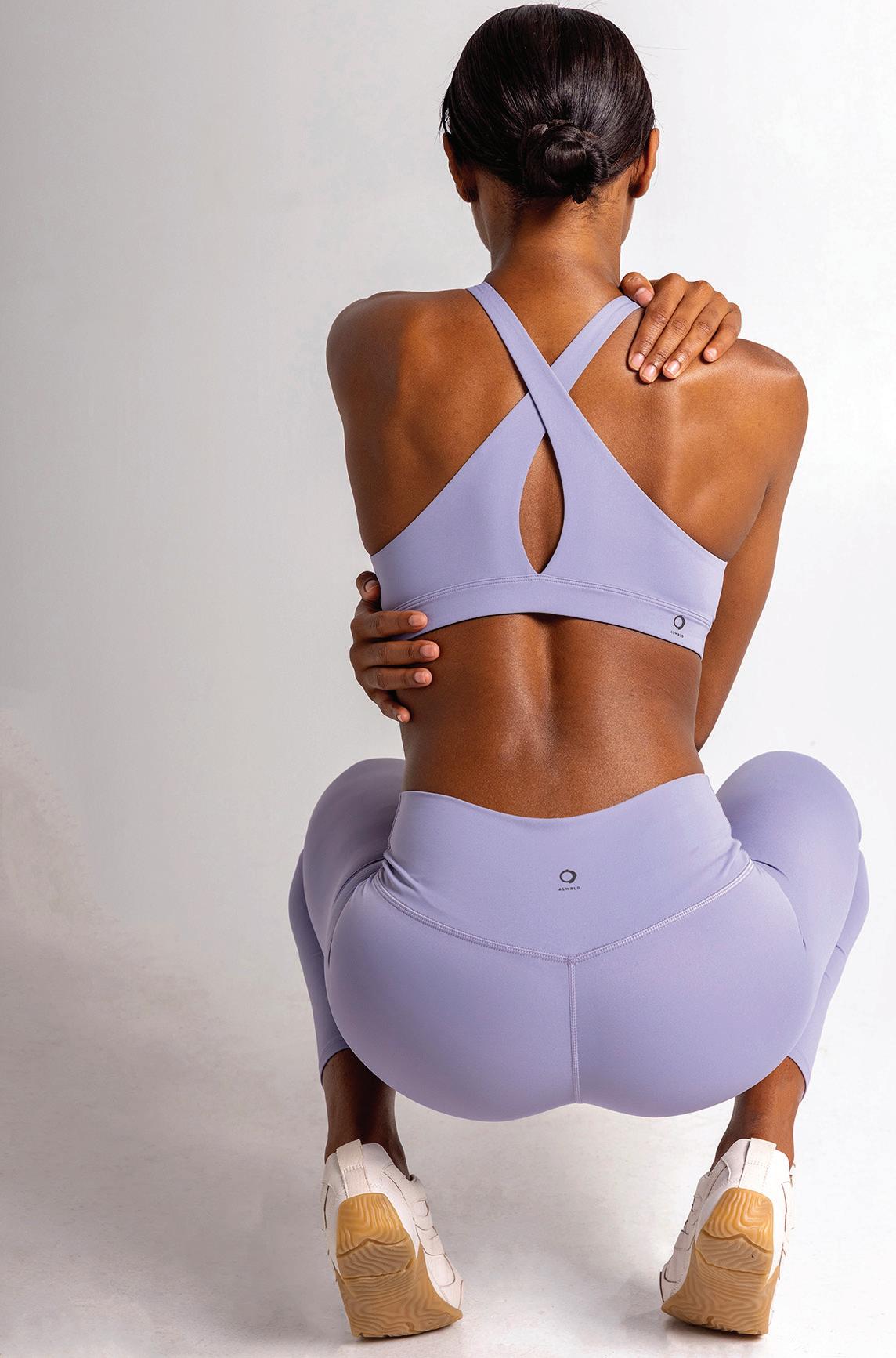

Notace, a new active footwear brand grounded in the principles of natural movement and performance, is unveiling the Yama T1 trail running shoe. Its footshape toebox encourages natural toe splay for improved stability and powerful toe-off, while a neutral heel-to-toe platform supports natural gait mechanics and healthy posture, as well as an engineered eTPU midsole that delivers a balance of flexibility, cushioning and ground feel. MSRP $180
Designed for mid-distance trail runs on varied terrain, the Aenergy Trail All Mountain Low features an abrasionresistant 360 degree TPU reinforced rand and a polyester upper that protects feet from rocks and debris. The dynamic midsole features light Aecore Plus foam for a balance of cushioning, responsiveness and impact absorption.


Altra’s fastest trail shoe, engineered with a full-length Carbitex Monoflex carbon plate for propulsion, protection and stability on rugged ground, also offers Altra EGO PRO cushioning in the core, Vibram Litebase to reduce weight and Vibram Megagrip for all-surface traction. MSRP: $290
The Nordlite Ultra 2 features a full Cr Foam midsole to deliver stability and cushioning with a lightweight feel. The supercritical process foam offers a non-toxic, reusable midsole material. Paired with a traction outsole, suitable for both road and light trail, and a woven airy mesh upper in recycled polyester, polyester and TPU for durability. MSRP: $180


The Anita 5567 Extreme Control Plus is a multifunctional sports bra, specially developed for high cup sizes up to a K cup. The cups are five parted, which create the depth and to provide a stable fit.
MSRP: $125
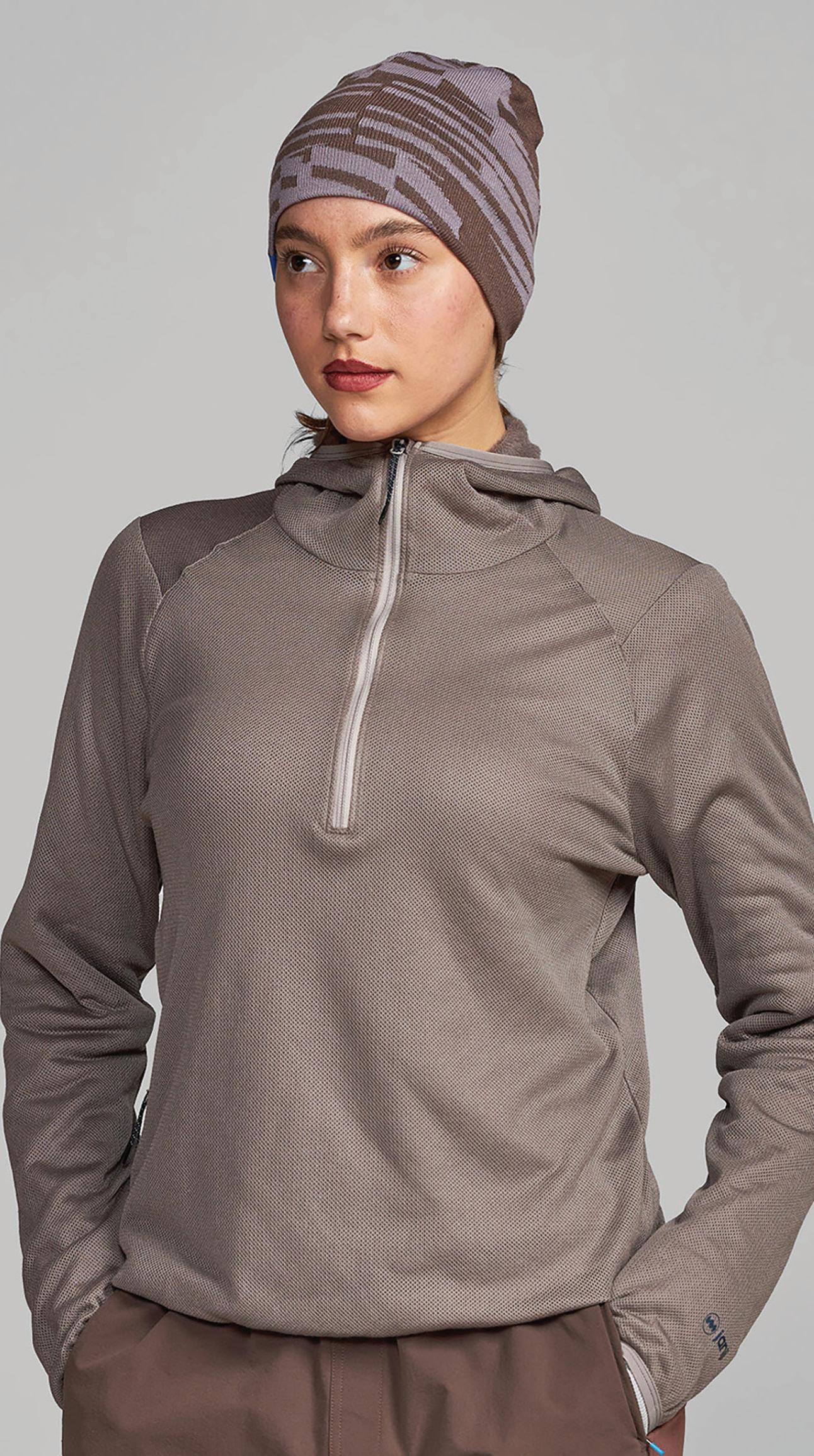
The Janji Auras Ultrafleece Hoodie is built for cold-weather adventures and is a breathable, compressible midlayer to create a warmth-toweight ratio for adaptable comfort. Made from astra fleece, it delivers fast-drying warmth, wicking moisture through its brushed fleece interior, while allowing for breathability and heat dumping through its mesh structure. MSRP: $130

Amphipod’s Graphic Series introduces graphic prints into its line of R3 convertible running packs, offering a bounce-free performance running pack with elevated style. MSRP: $40
Pao Energy Jellies are Asian American–inspired energy jellies made to deliver smooth, easy energy in flavors like yuzu, lychee oolong and strawberry matcha. MSRP: $36

Tifosi’s Vogel XC running sunglasses feature featherlight, durable frames, shatterproof polycarbonate lenses with 100% UVA/UVB protection and hydrophilic rubber nose pads. Designed for smaller face profiles, the Vogel XC weighs only 24g and now includes bottom lens vents for improved airflow and reduced fogging. MSRP: $39.95
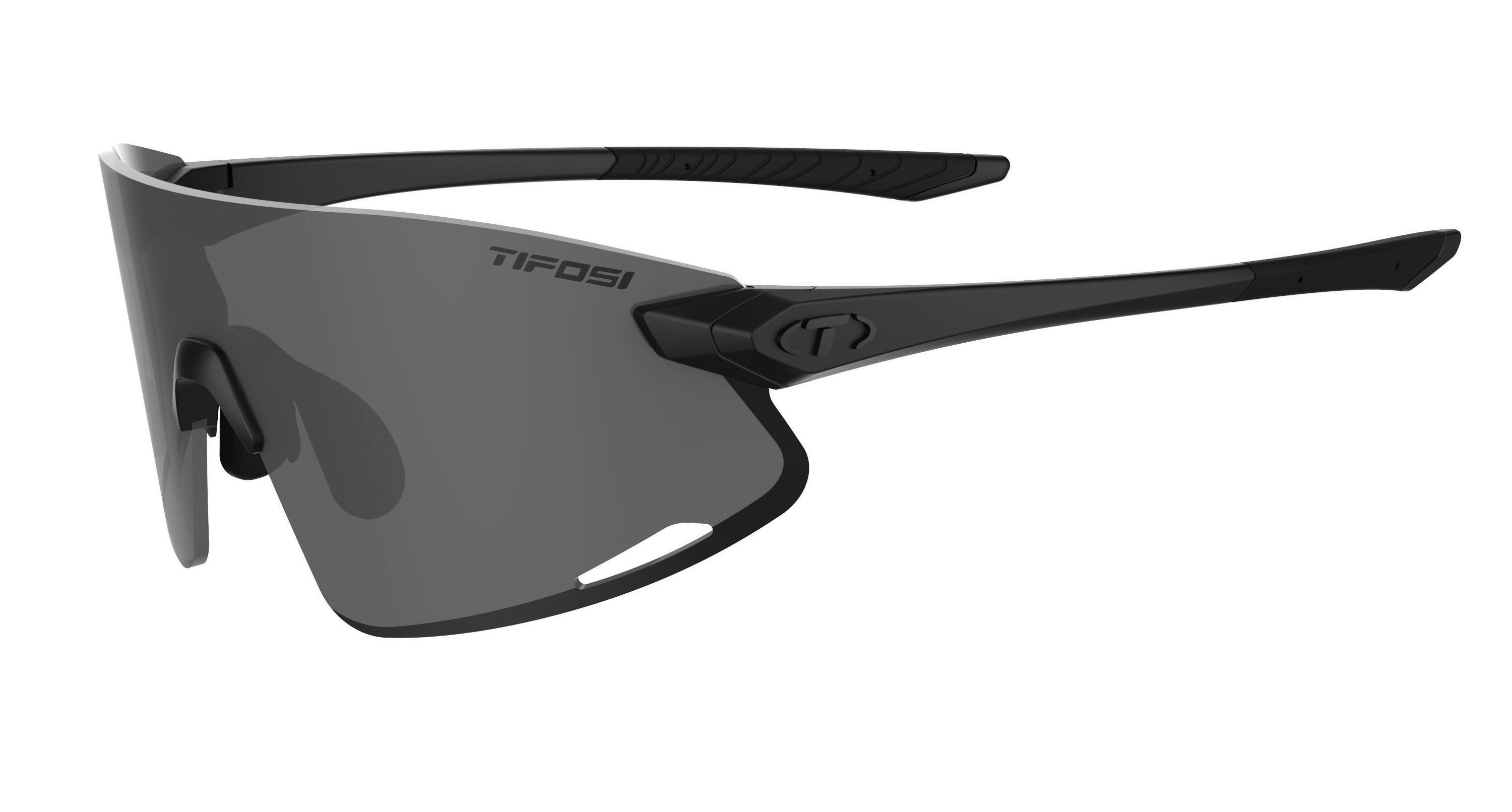
The Norda 001 is entering a new era with the arrival of the 001A, featuring an Arnitel TPEE midsole – made exclusively for Norda – that offers enhanced fit, feel and energy return. The foam compound used for the 001A midsole returns more than 70 percent of the energy expended with each footfall. It also provides a 30 pecent resiliency upgrade from the 001. MSRP: $295

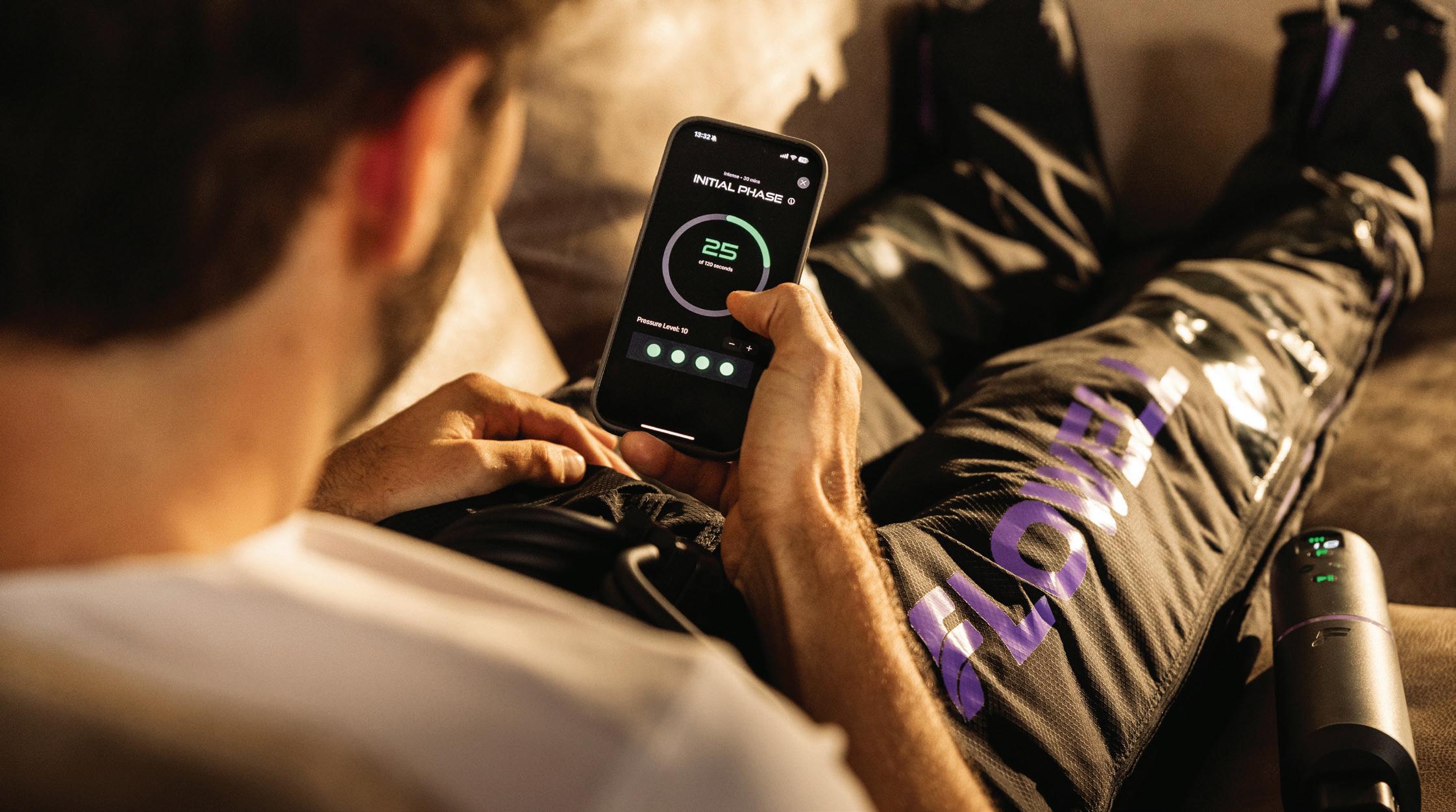
Flowell’s new 2025 line features two flagship pneumatic compression pants: the Home/Home Deluxe (6 and 8 overlapping chambers, deactivatable zones, pressure range from 30-240 the-go use). Flowell Mobile Pants (in photo), MSRP: $899; Flowell Home Pants: $999; Flowell Home Deluxe Pants: $1299
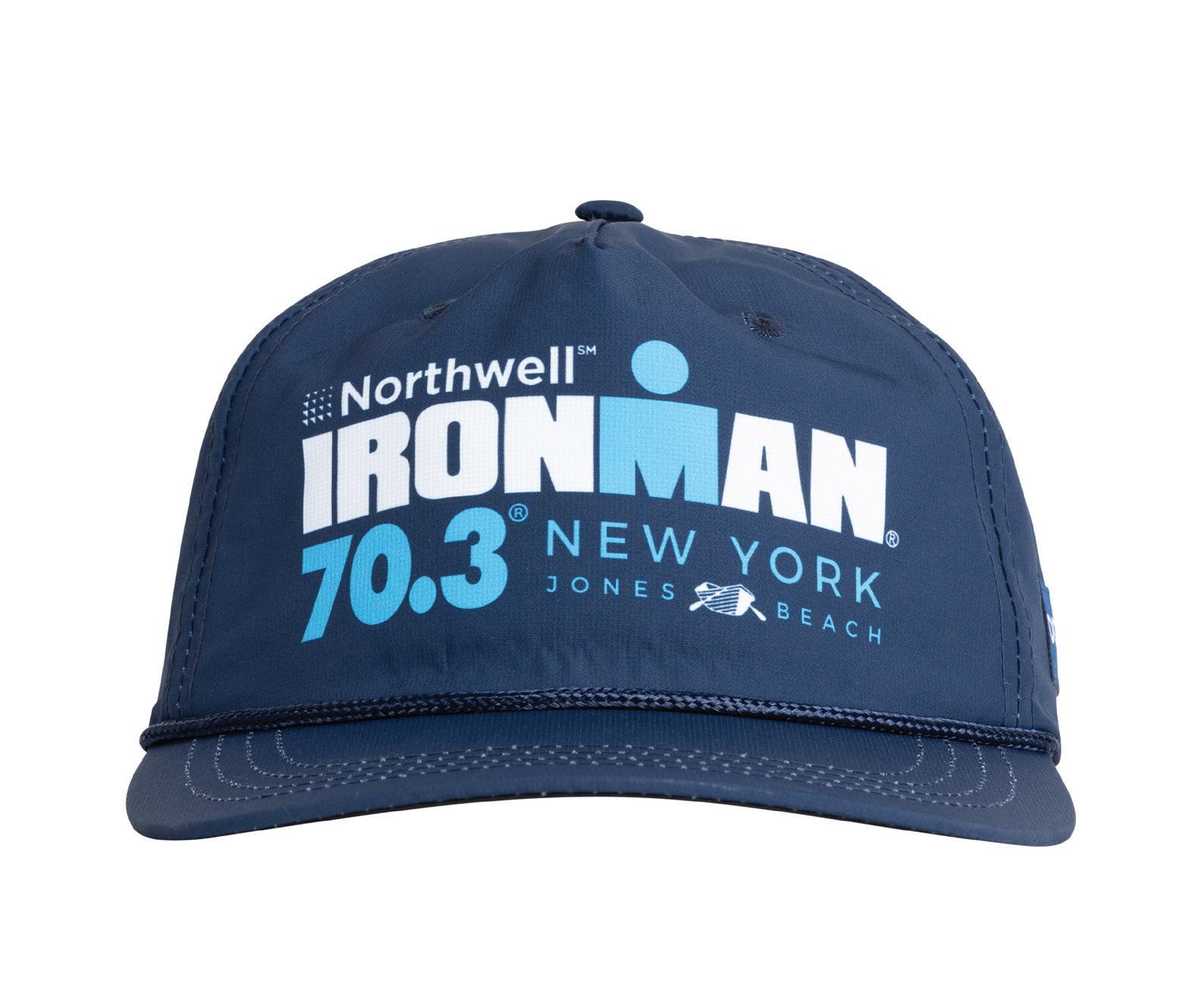
The Lowdown Trucker by Boco Gear is built with a relaxed crown, snapback closure and rope detail. MSRP $39
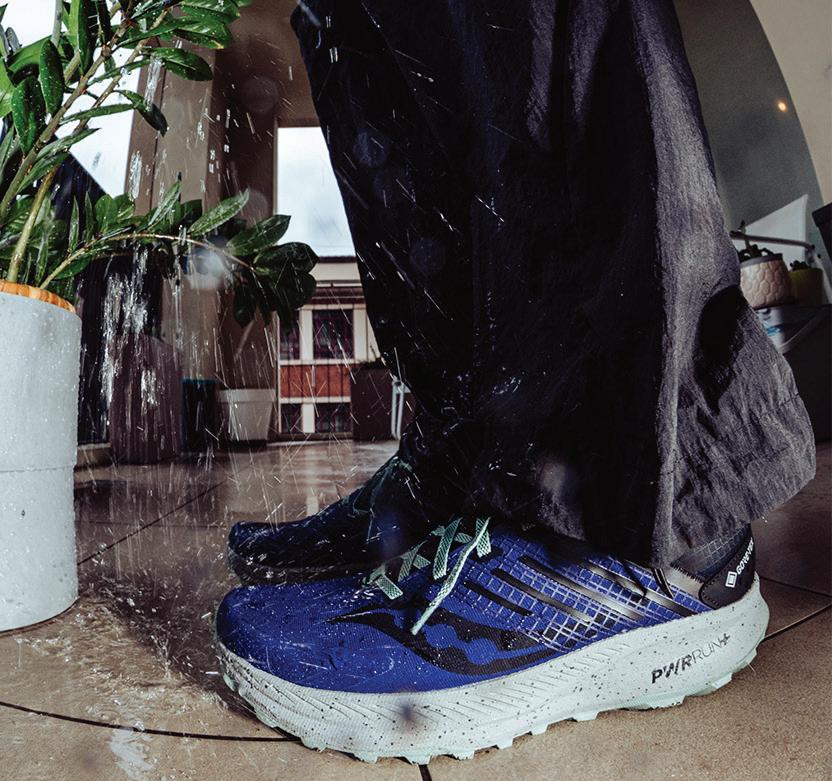
The Stone Cold Gore-Tex Pack is Saucony’s versatile collection for those who embrace the challenge of wet, cold and unpredictable conditions. Featuring Gore-Tex technology, this pack delivers waterproof, breathable and durable performance and includes:
• Triumph 23 GTX – Premium cushioning and waterproof protection for long-distance comfort.
• Peregrine 15 GTX – Rugged grip and durability built for technical trails in any condition.
• Ride TR2 GTX – Versatile road-to-trail performance with all-weather readiness.

To get everyone fired up about The Running Event 2025 in San Antonio, here’s a look back at #TRE24. More excitement ahead!
